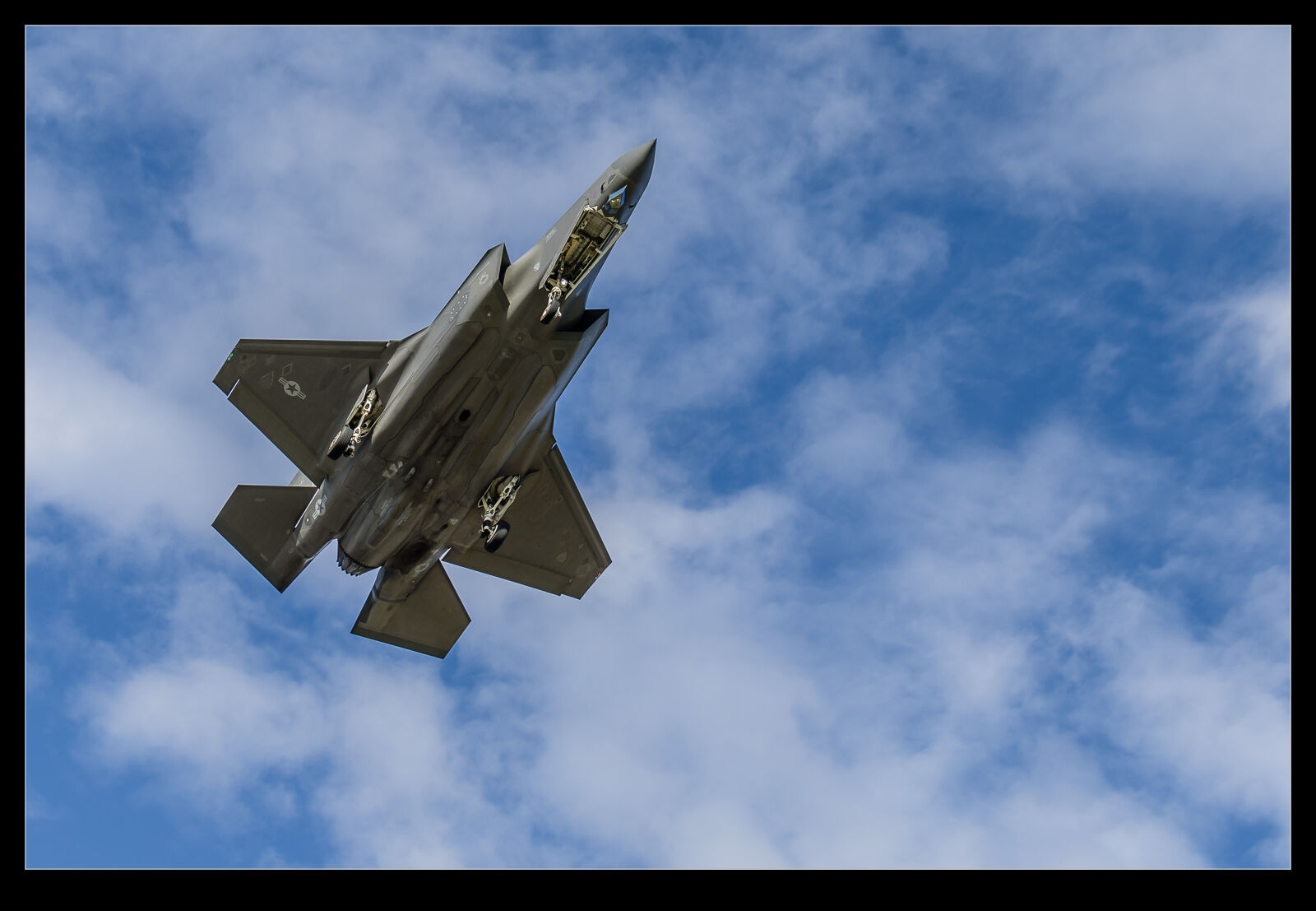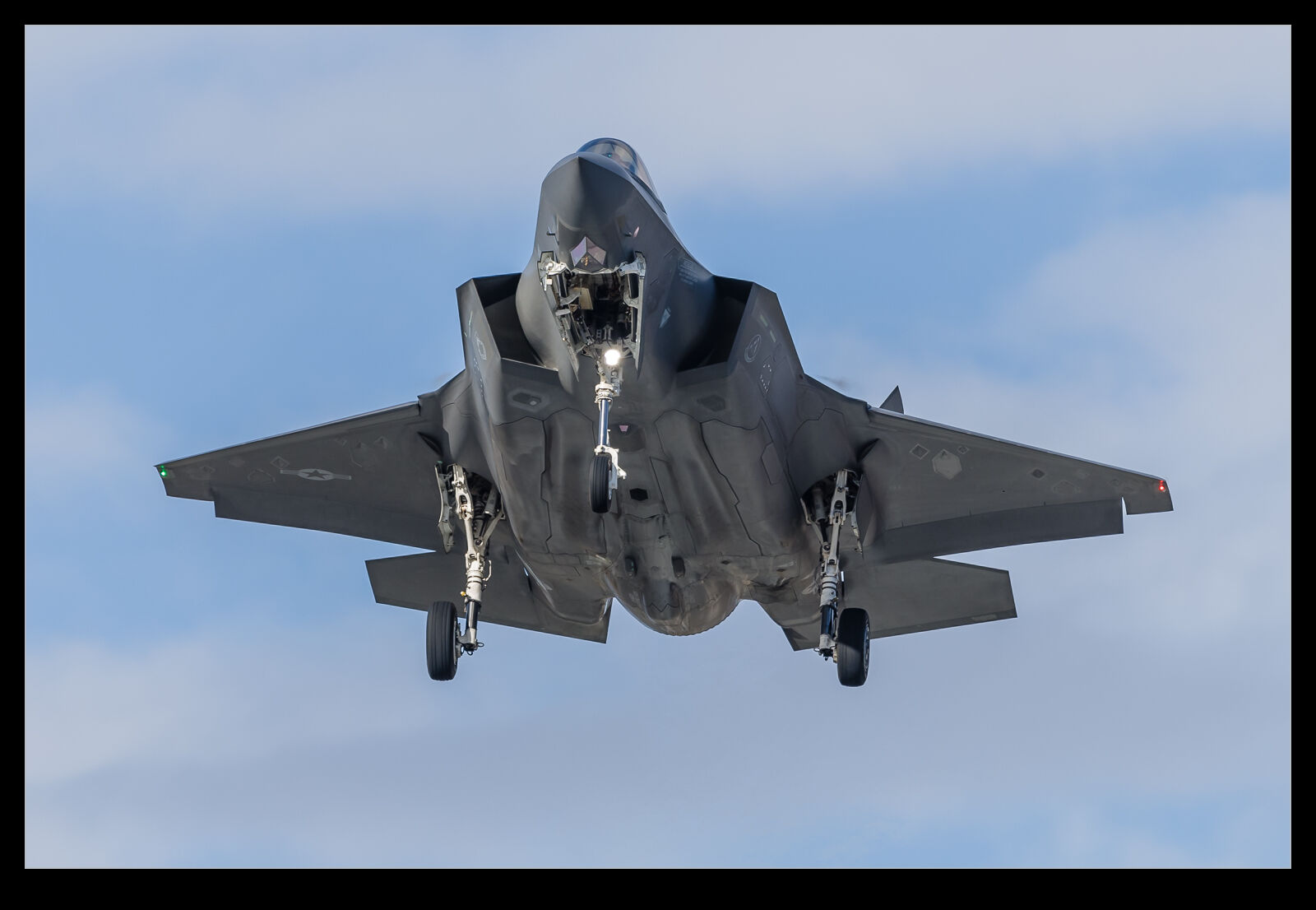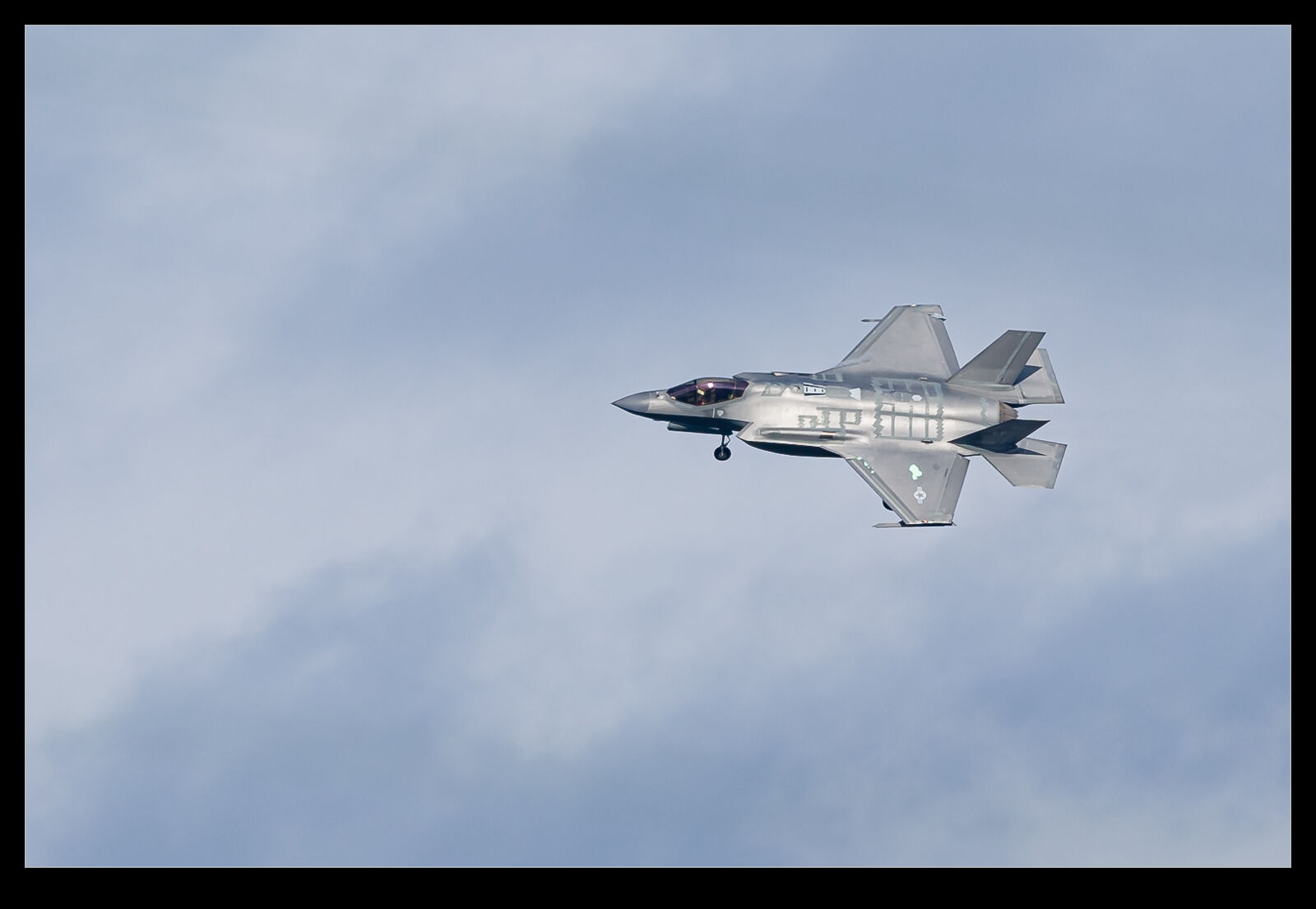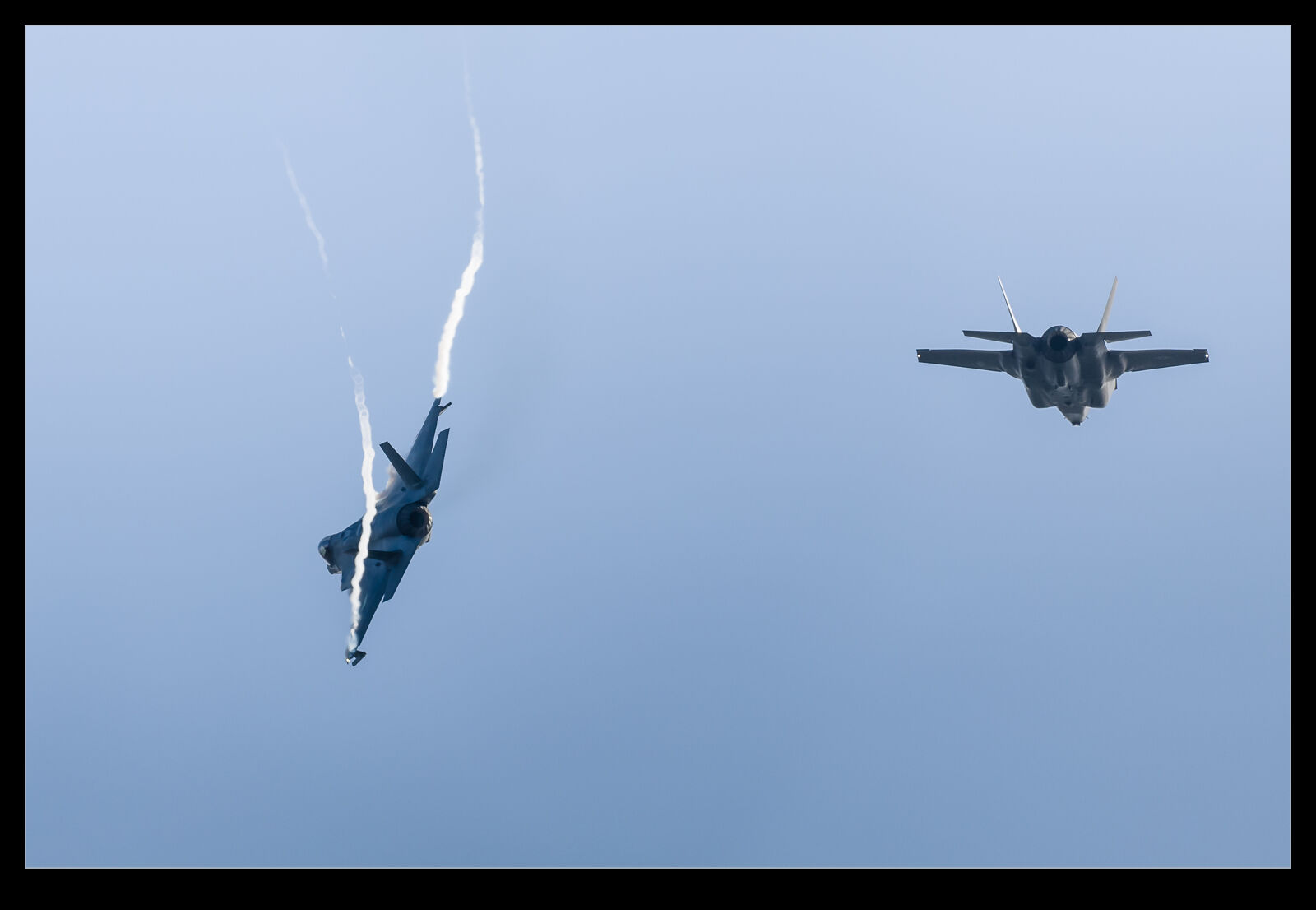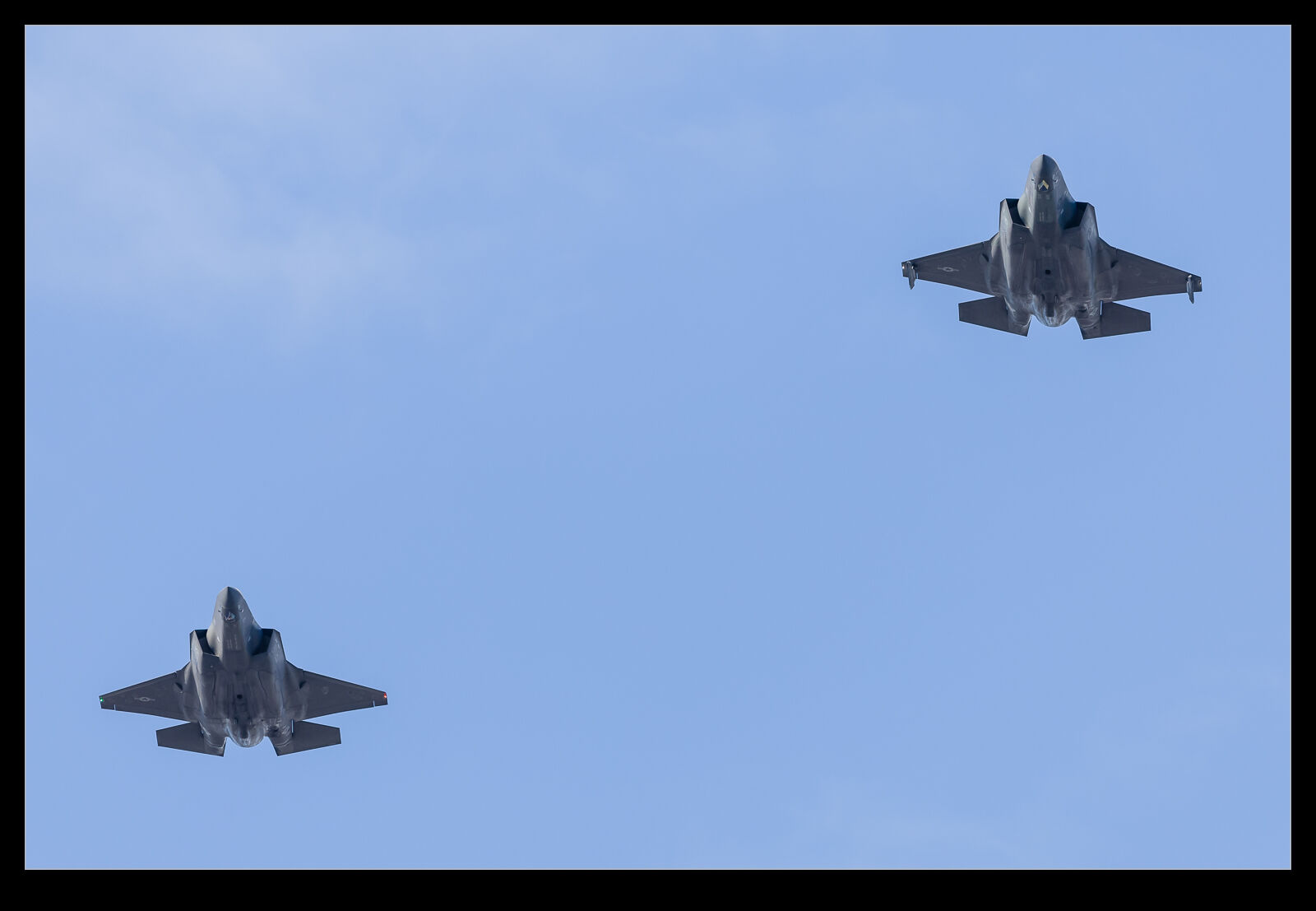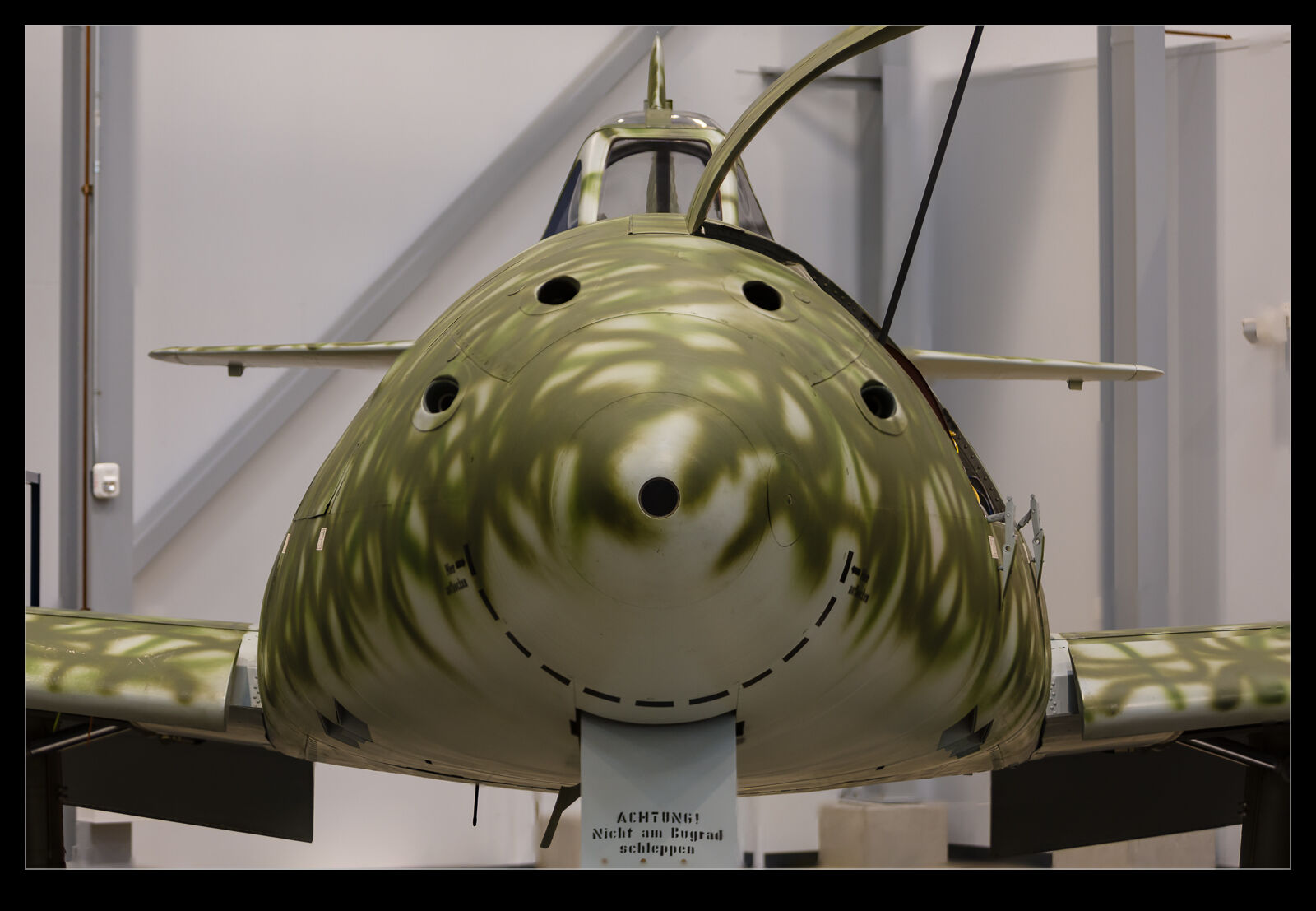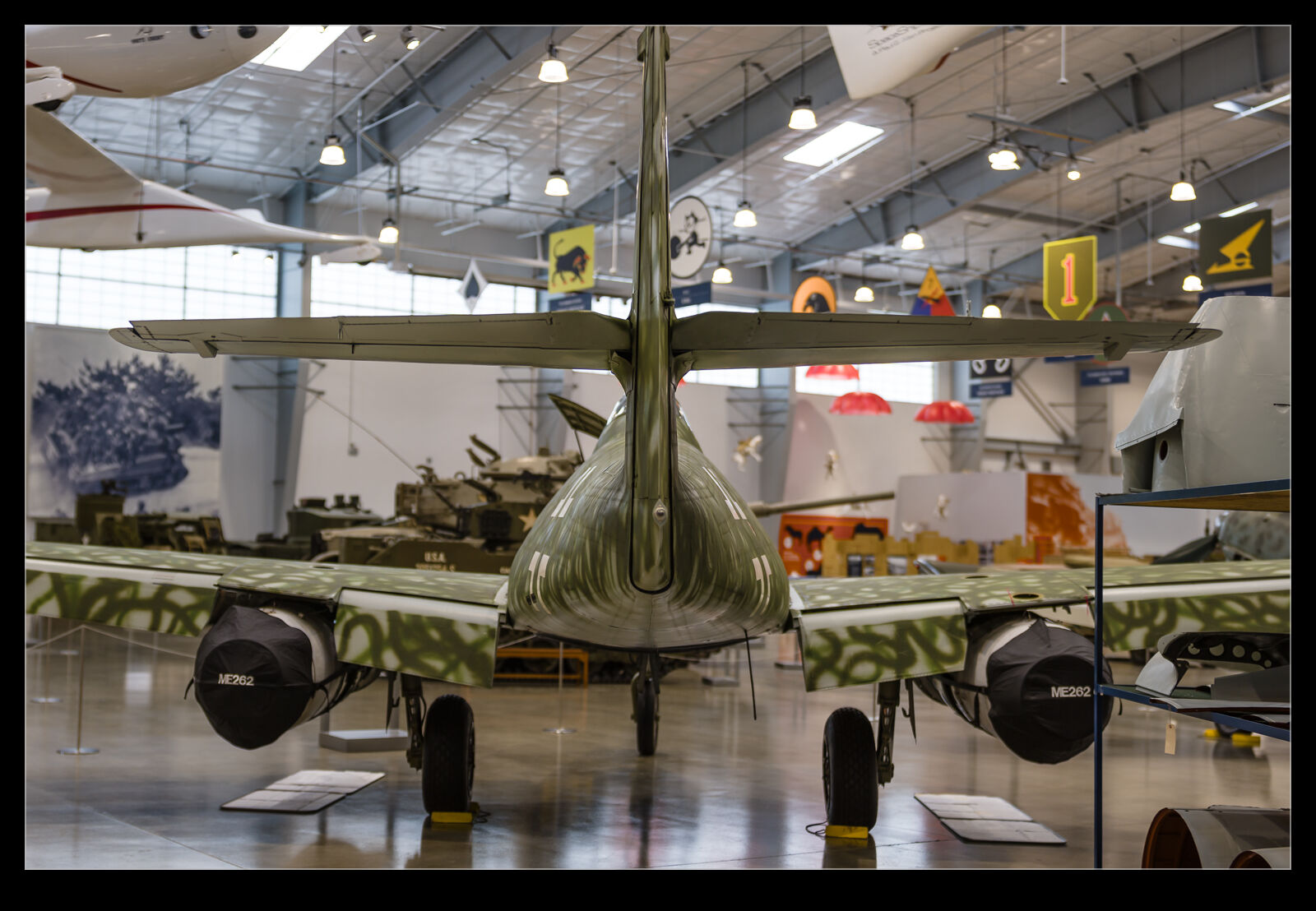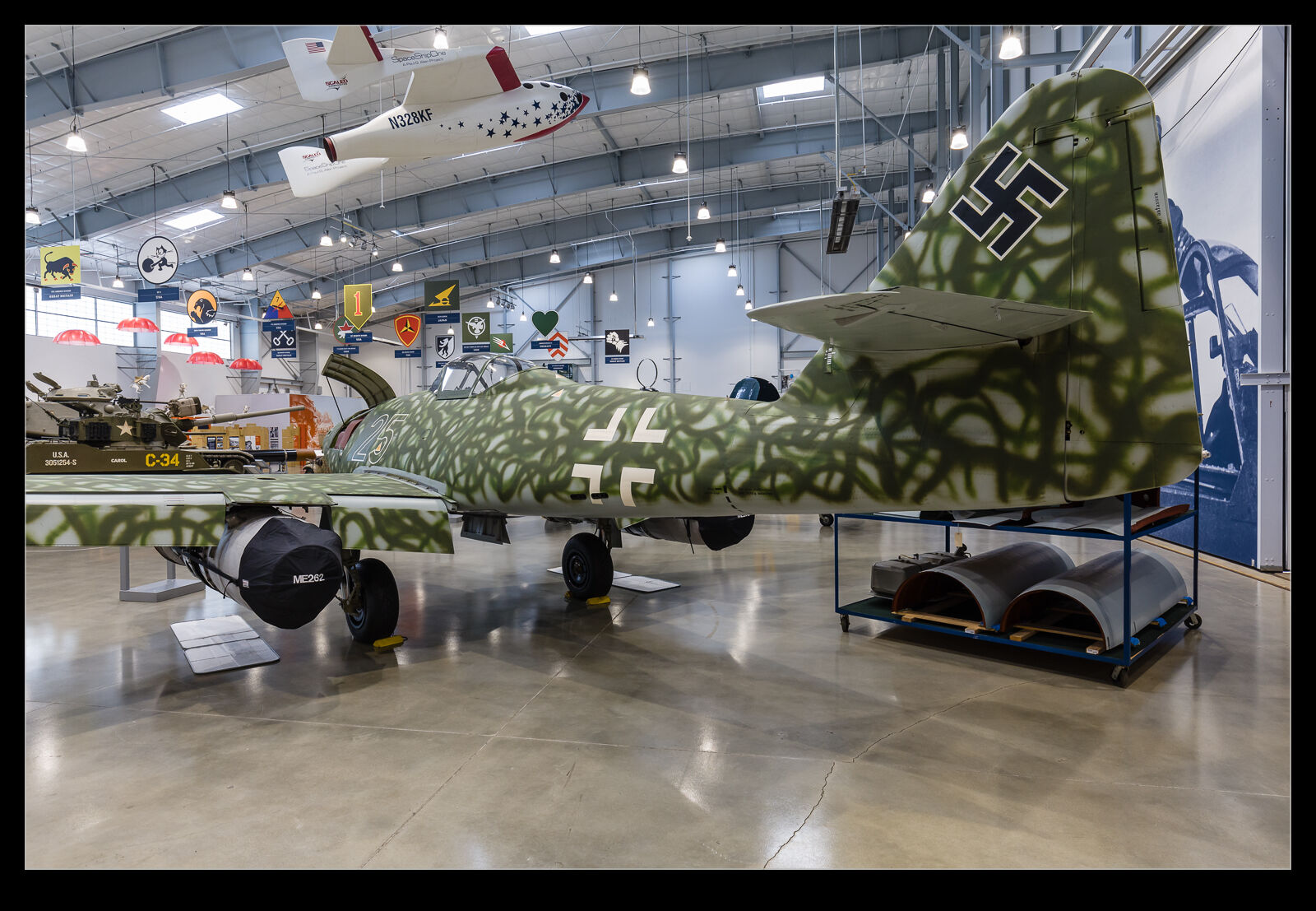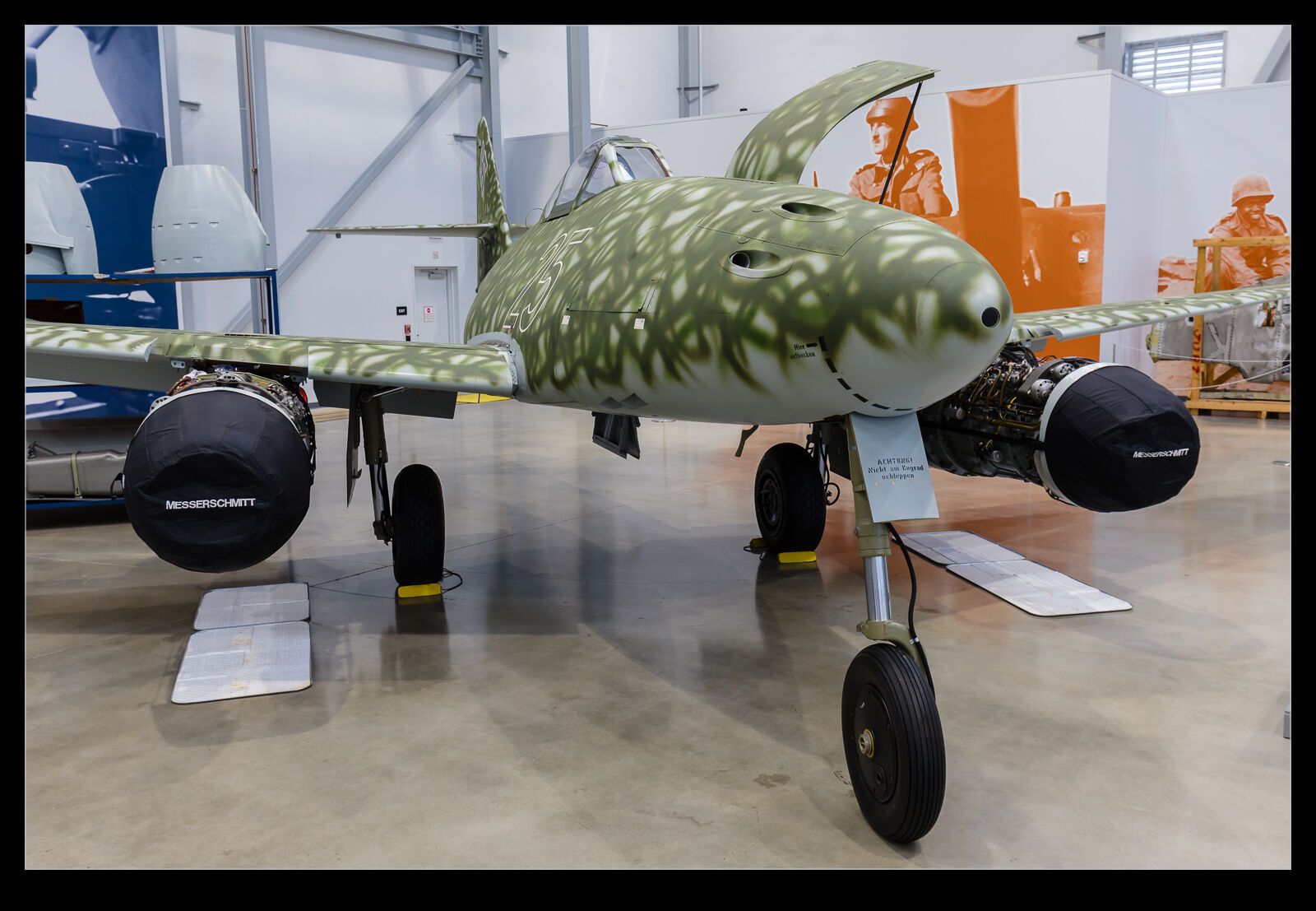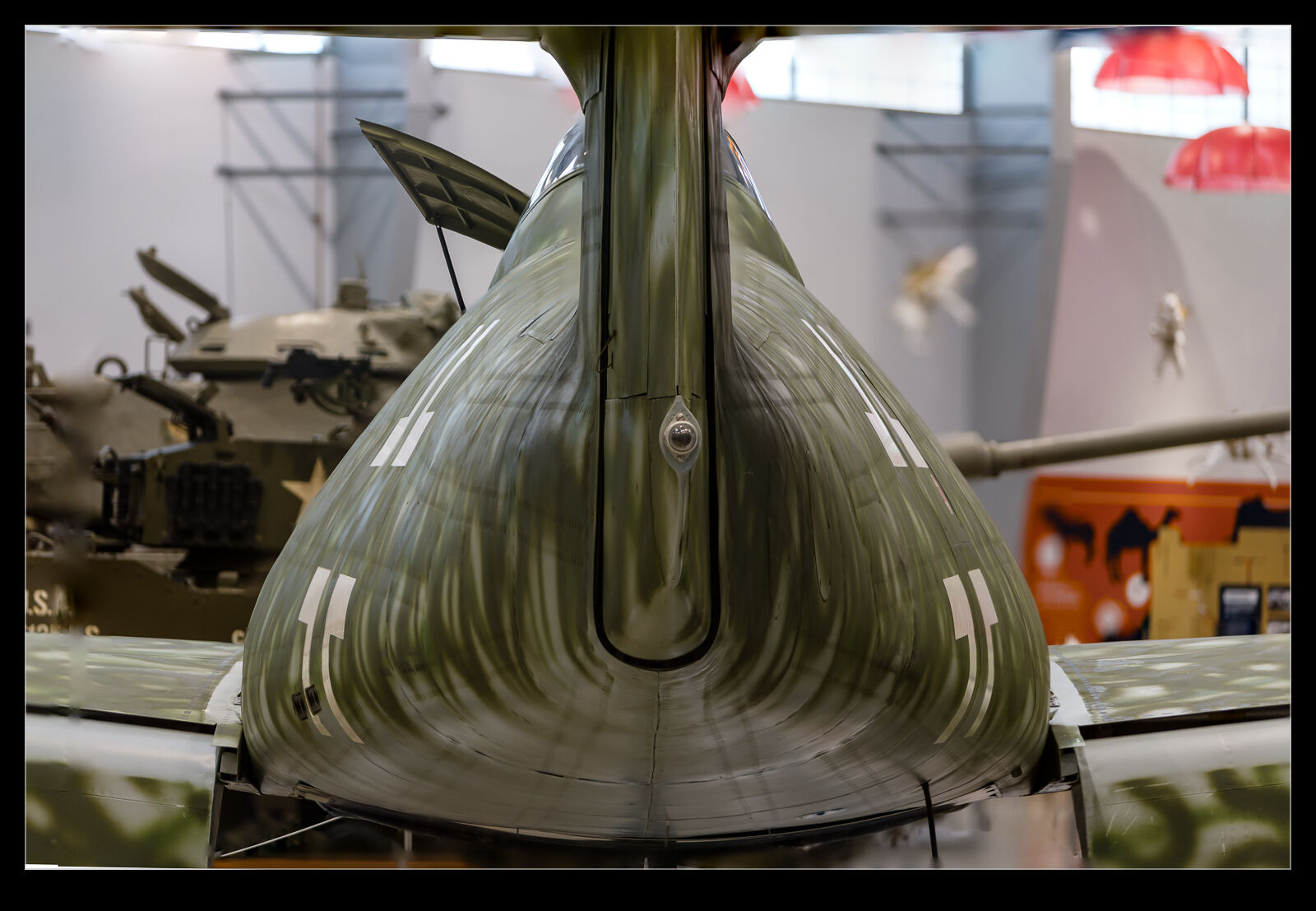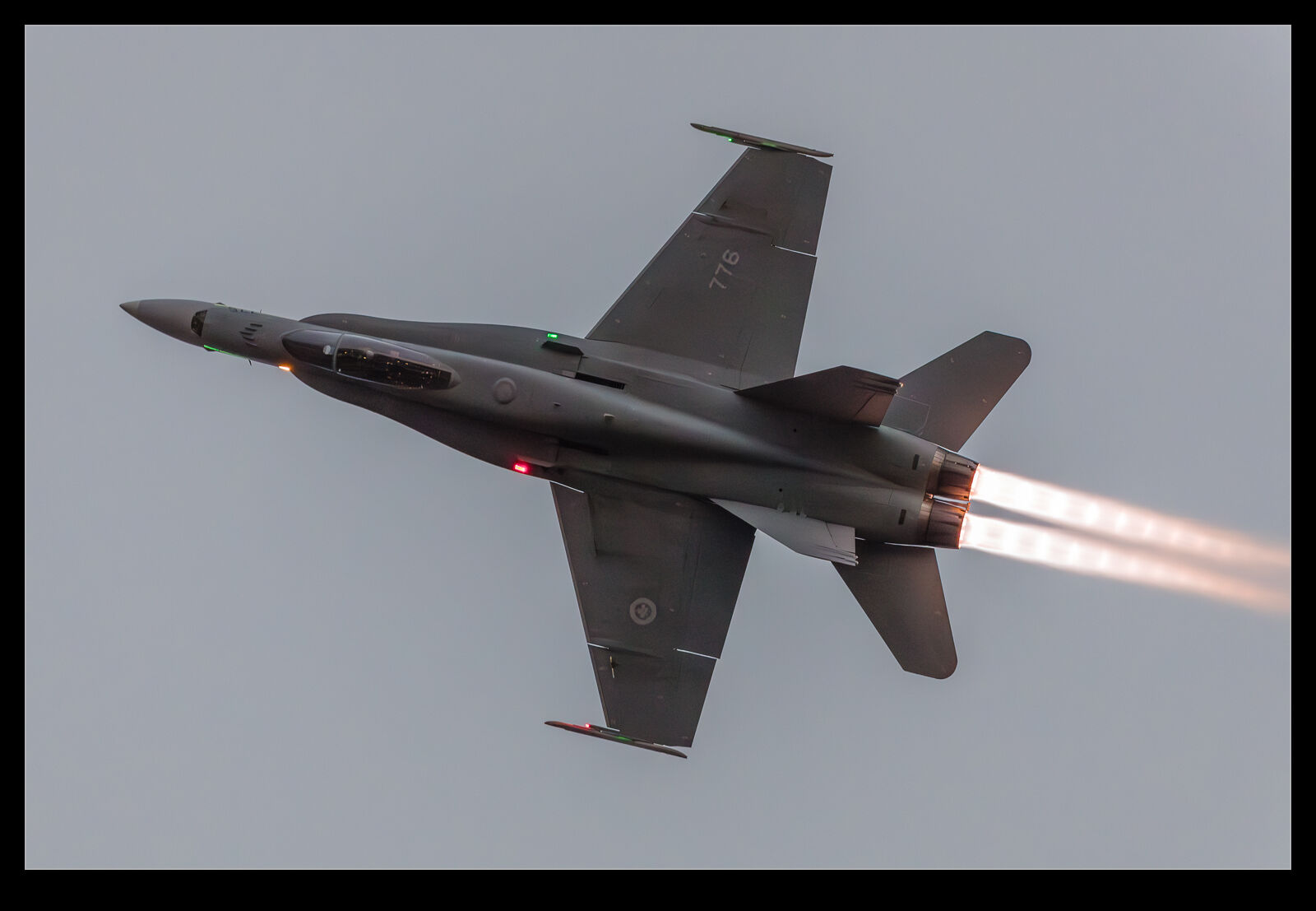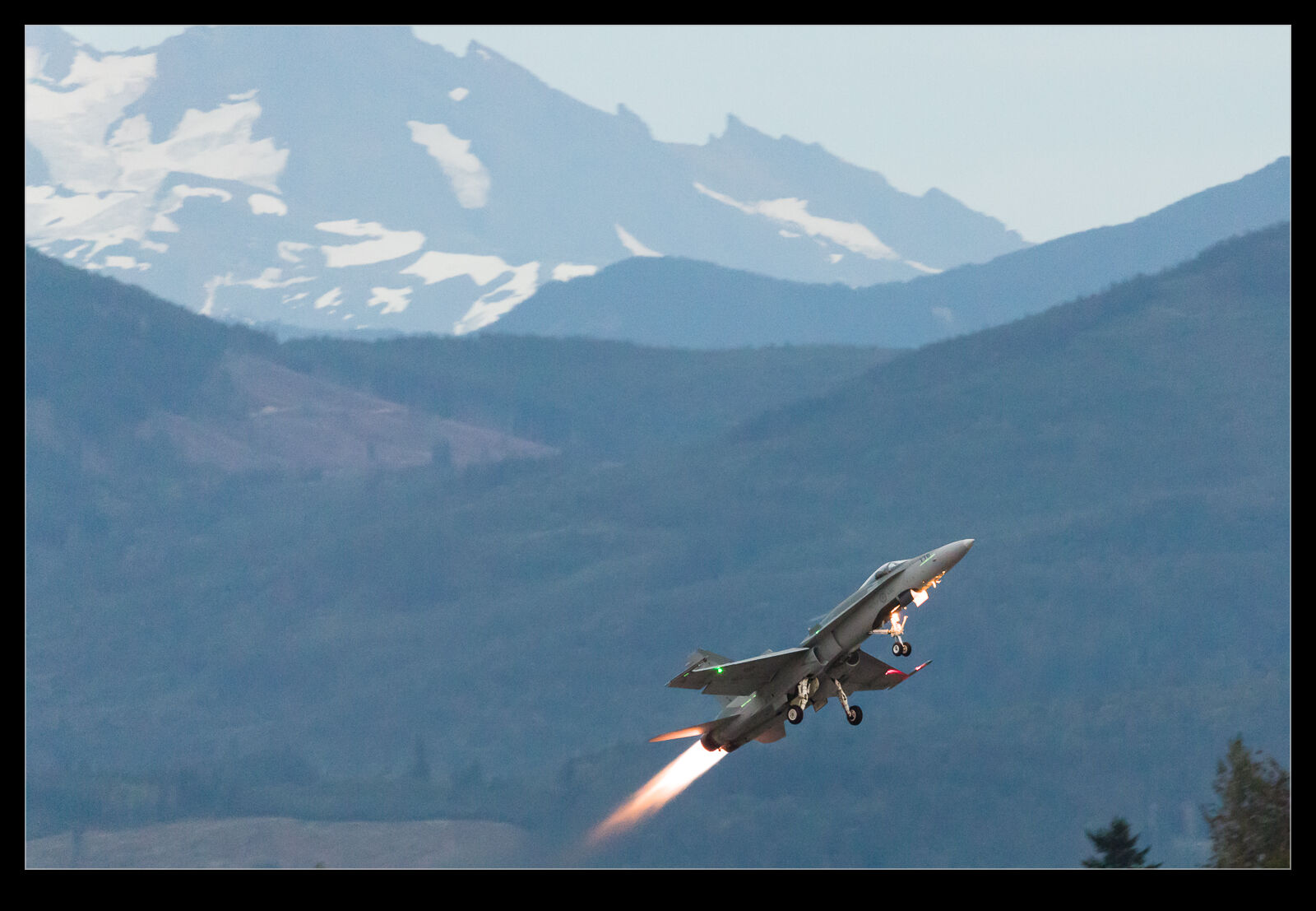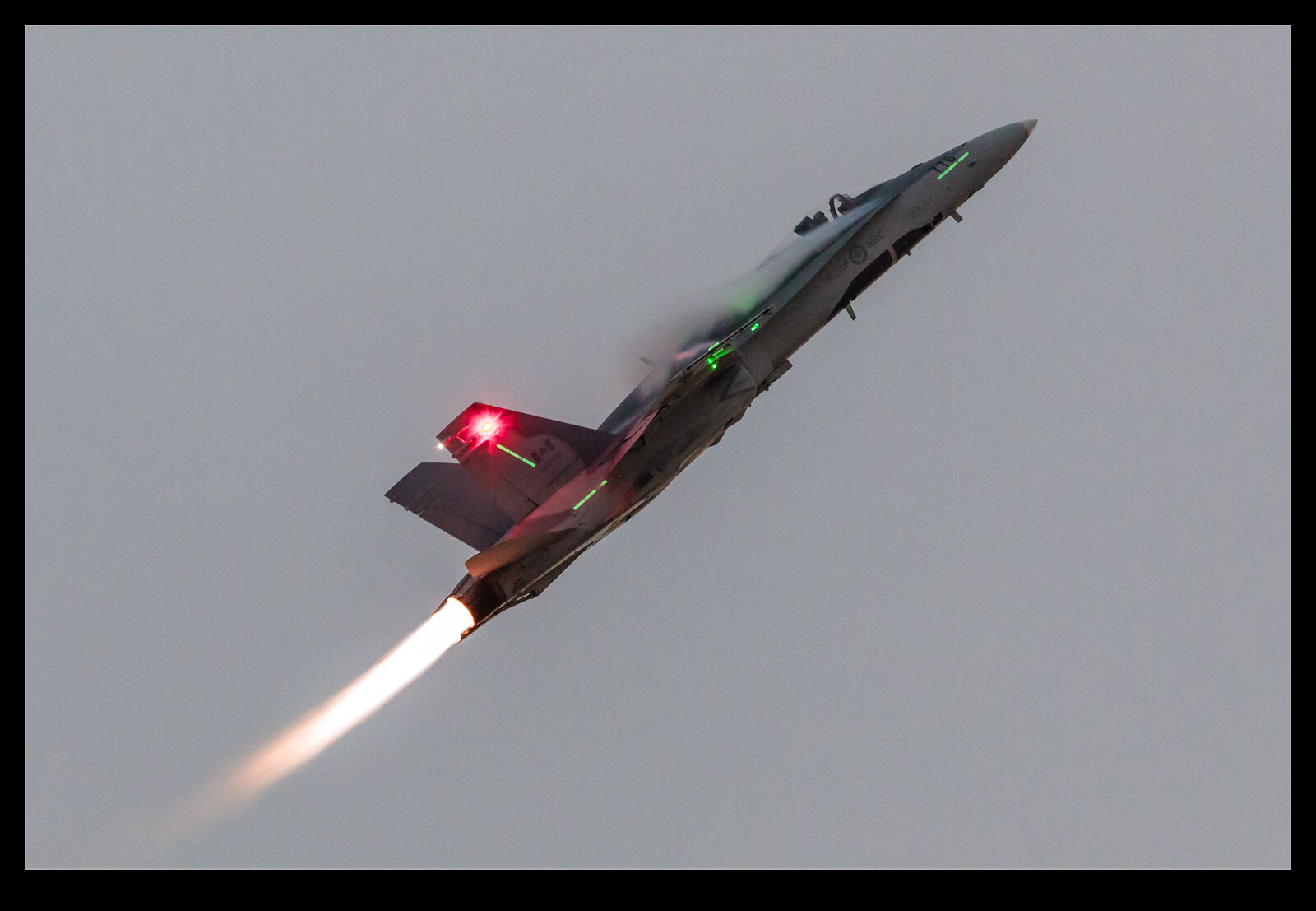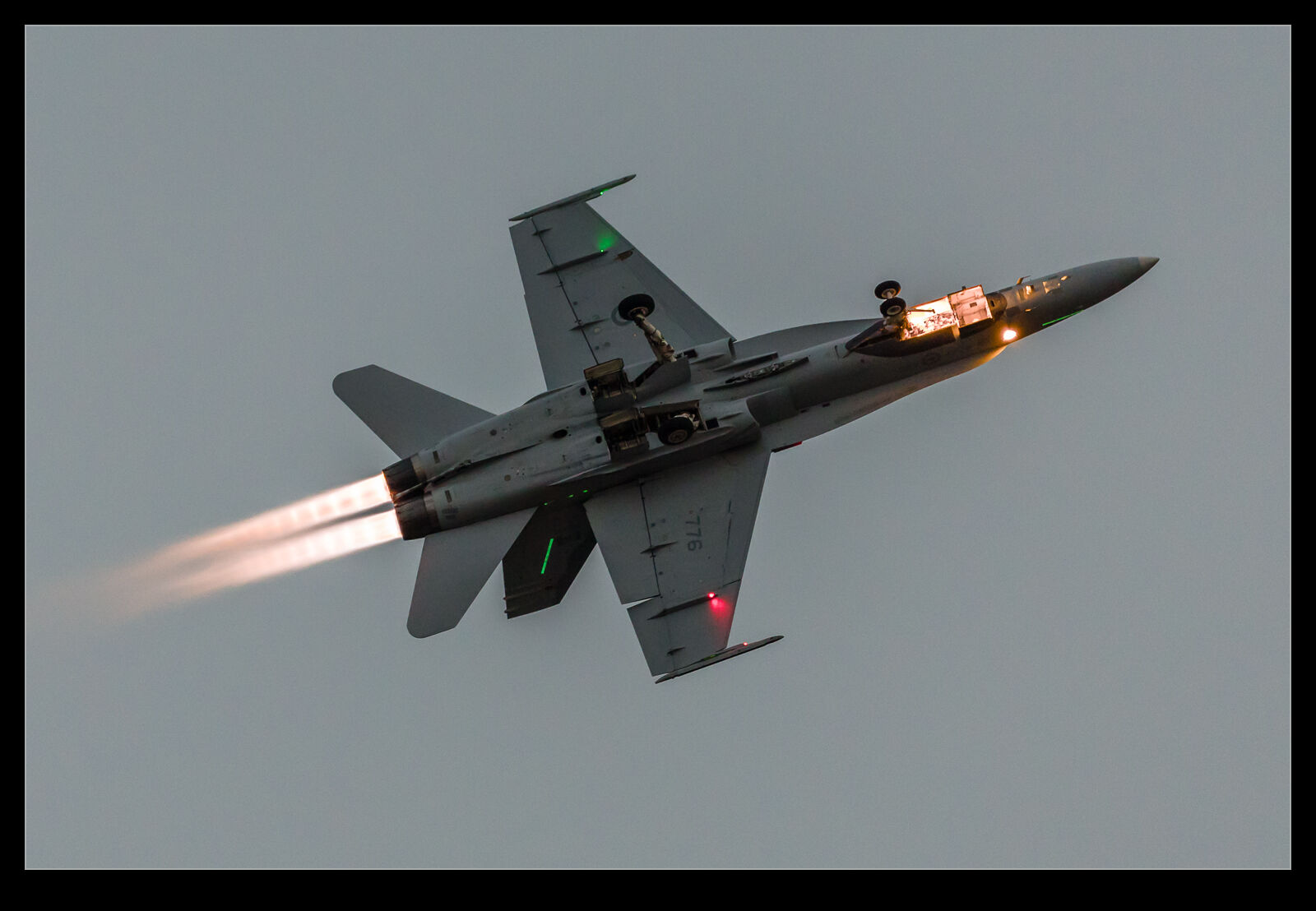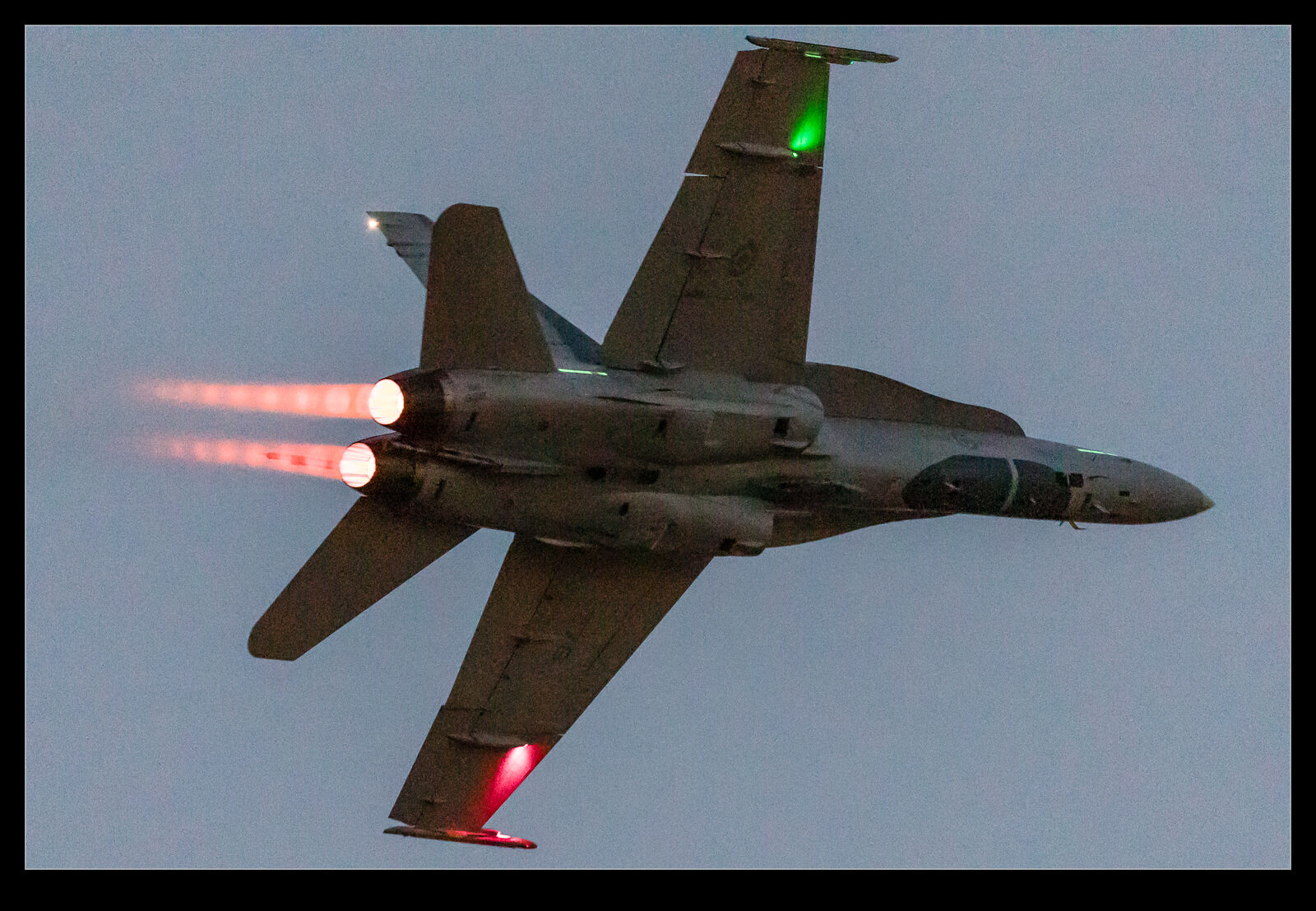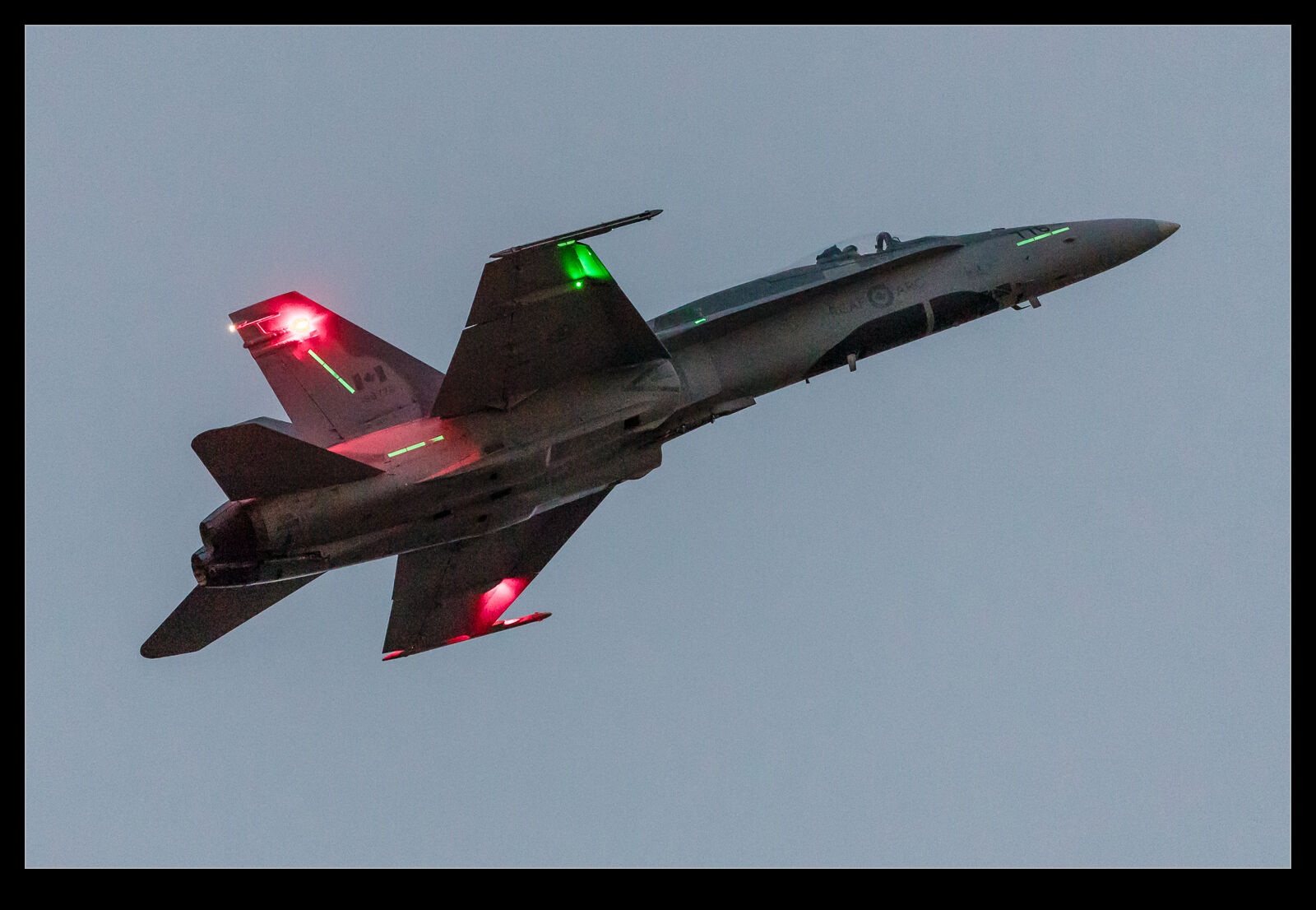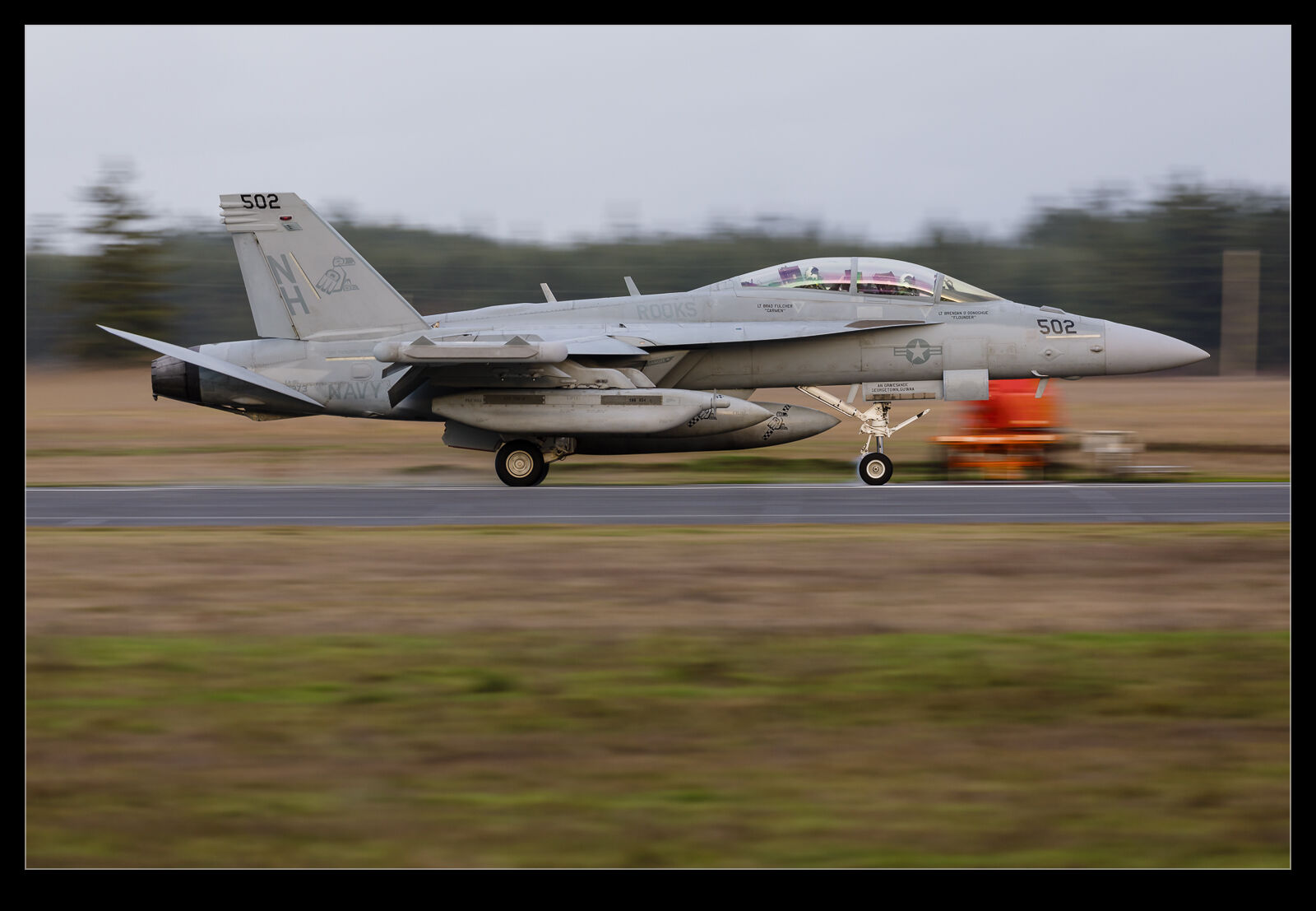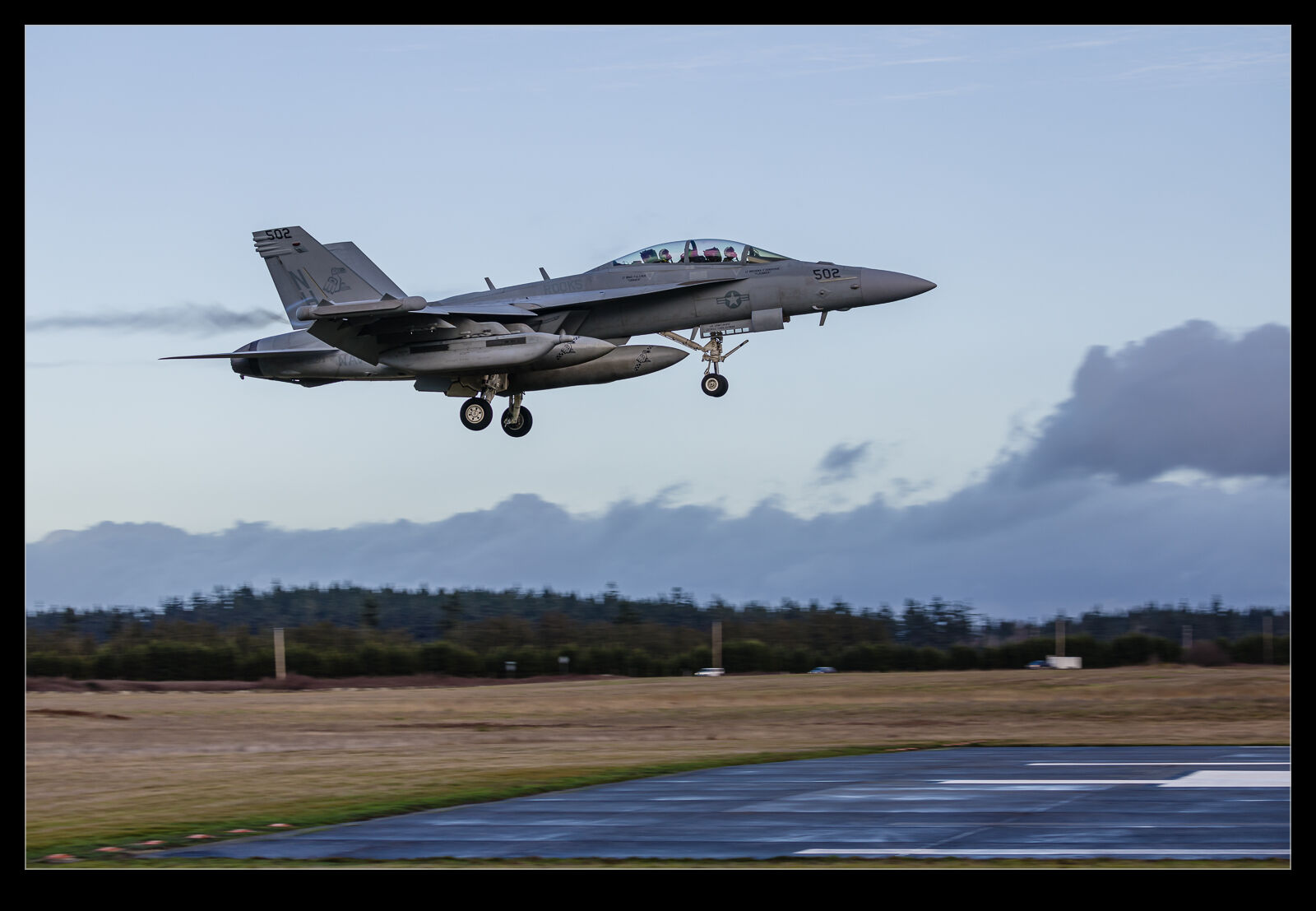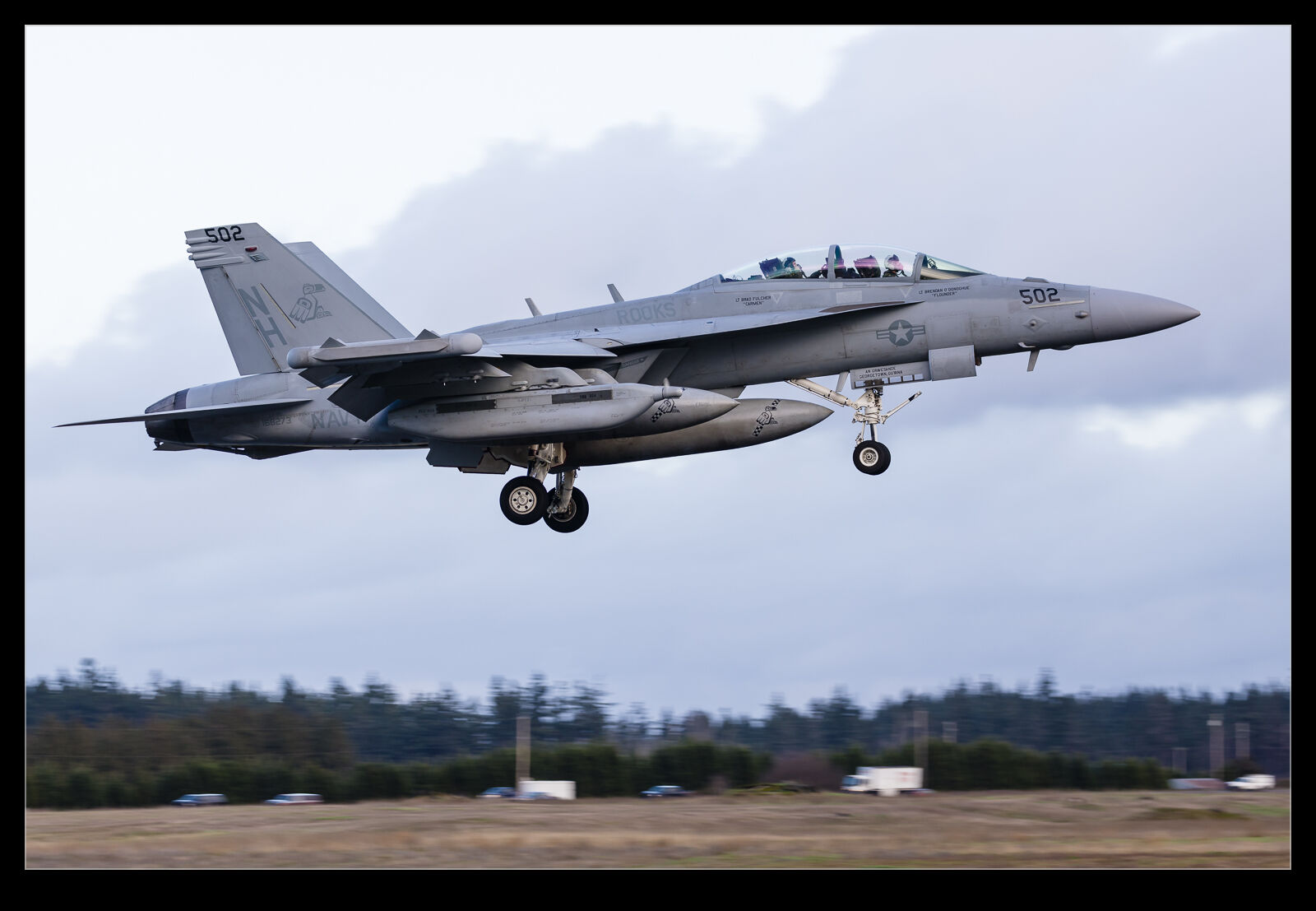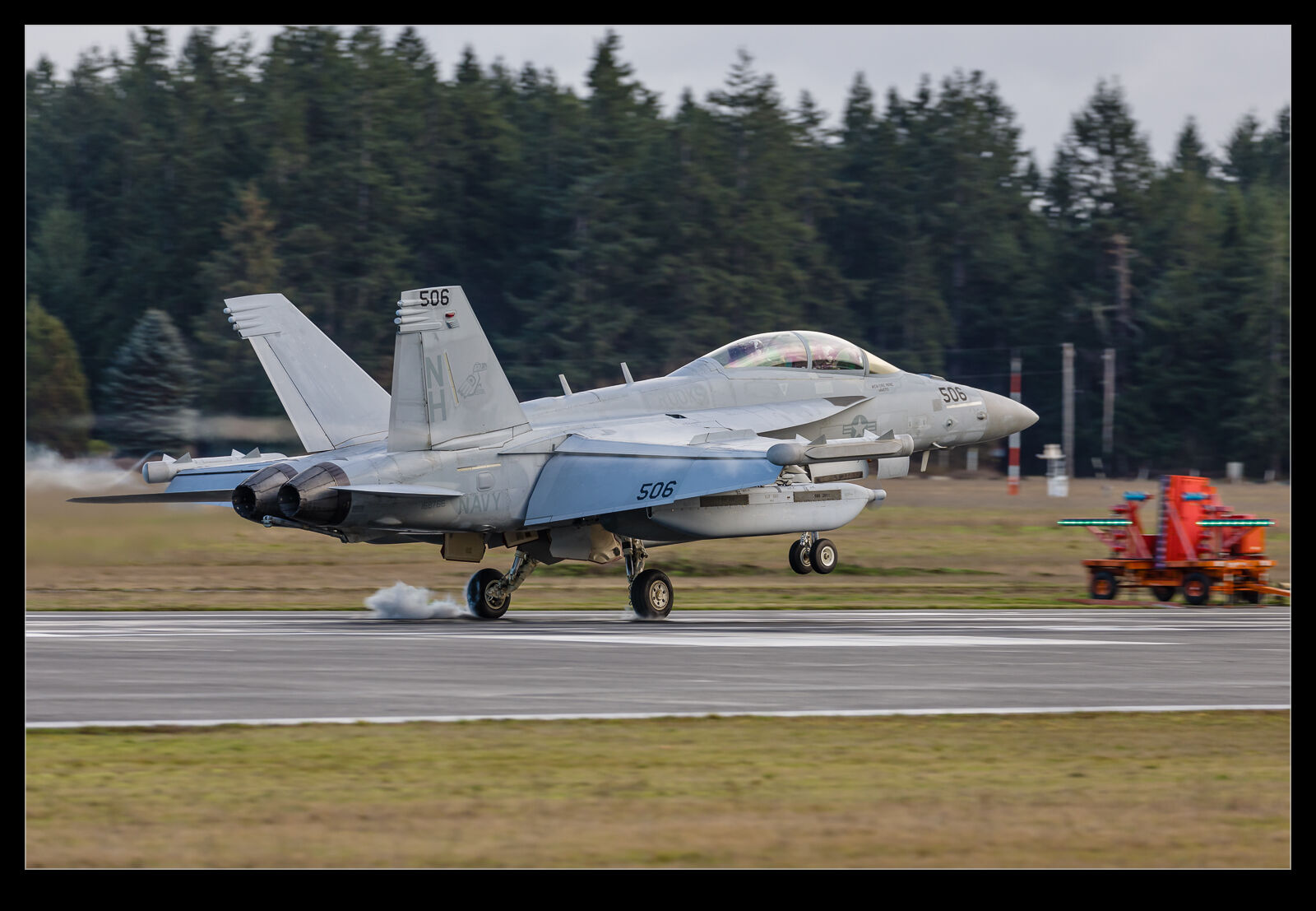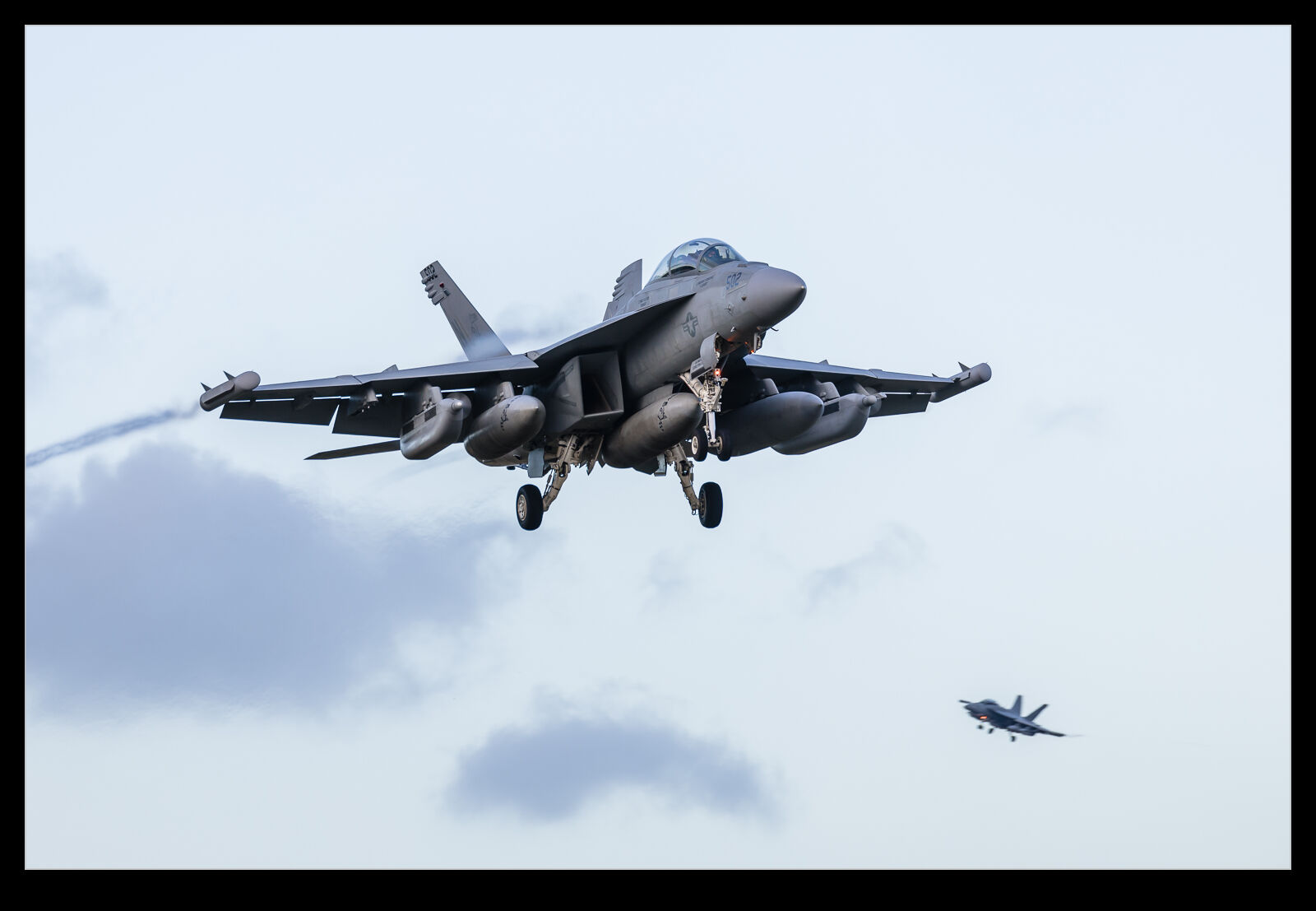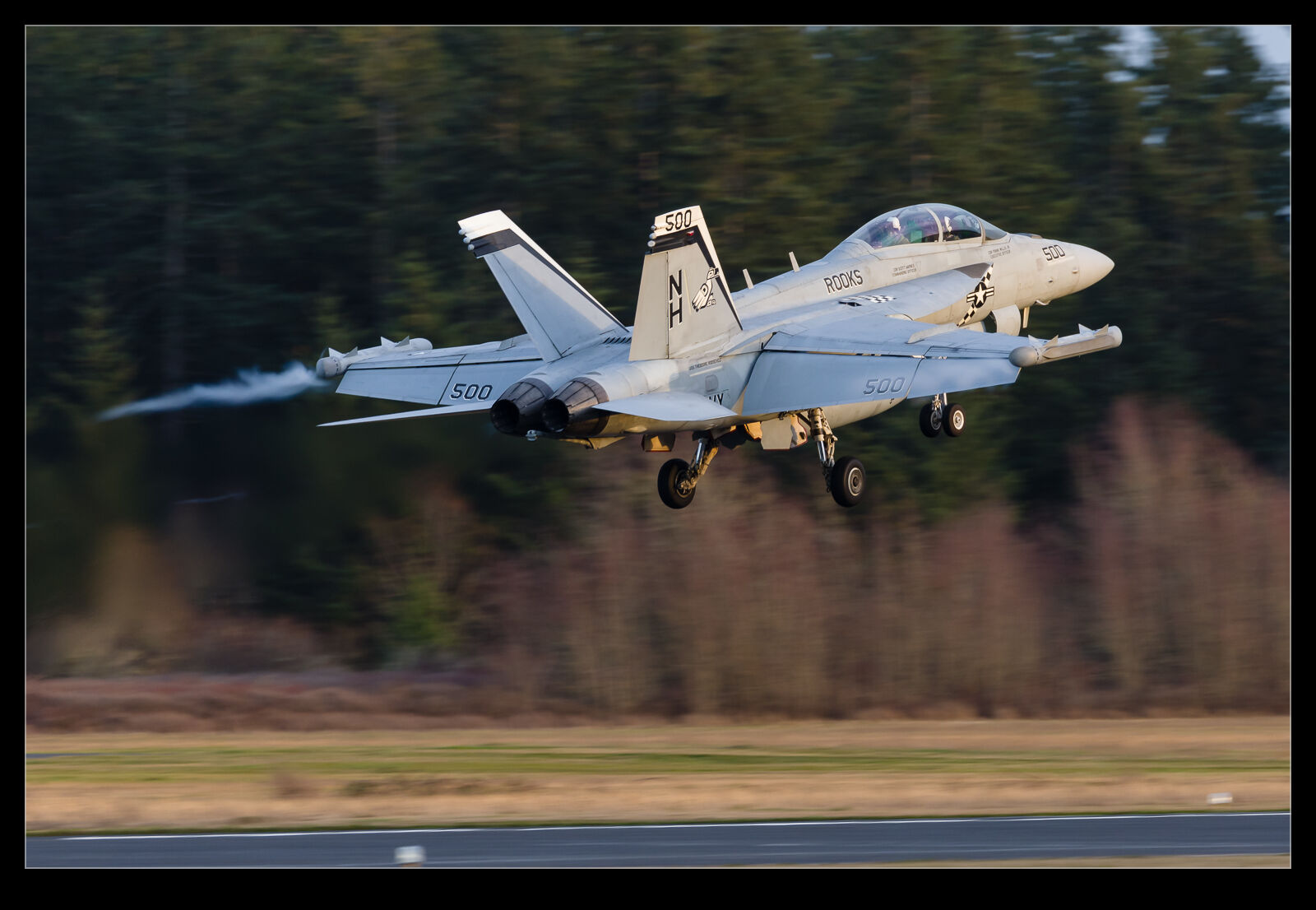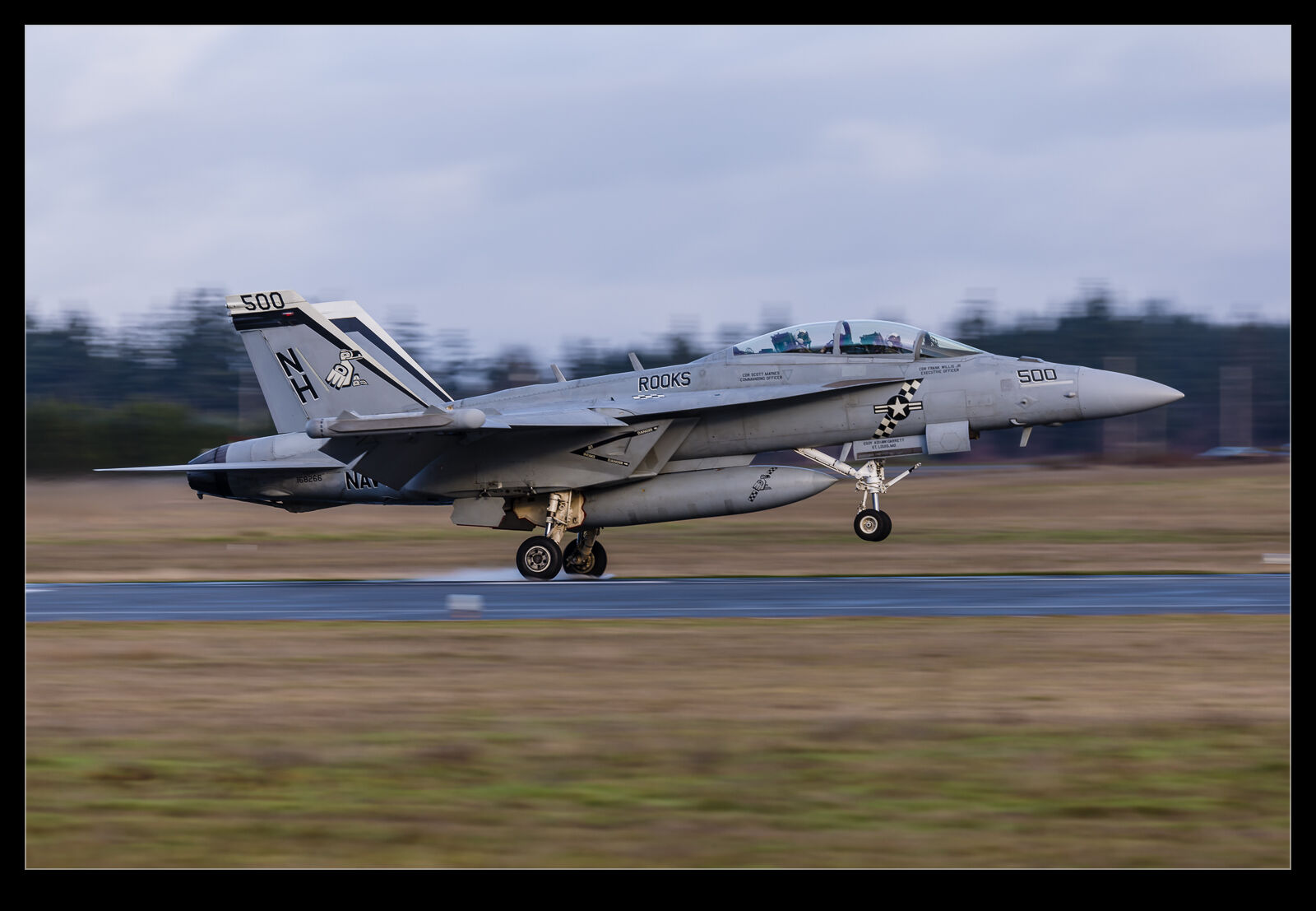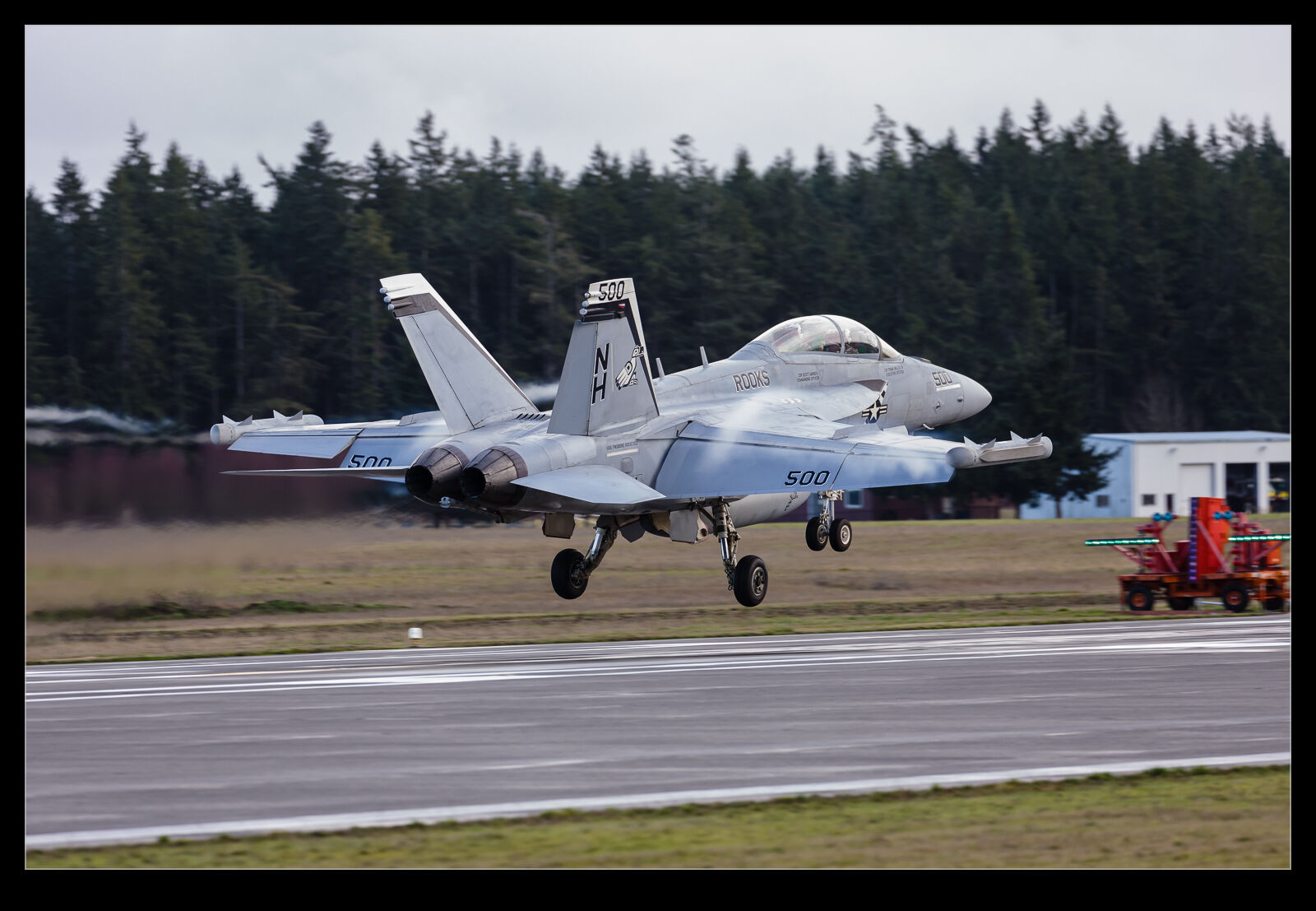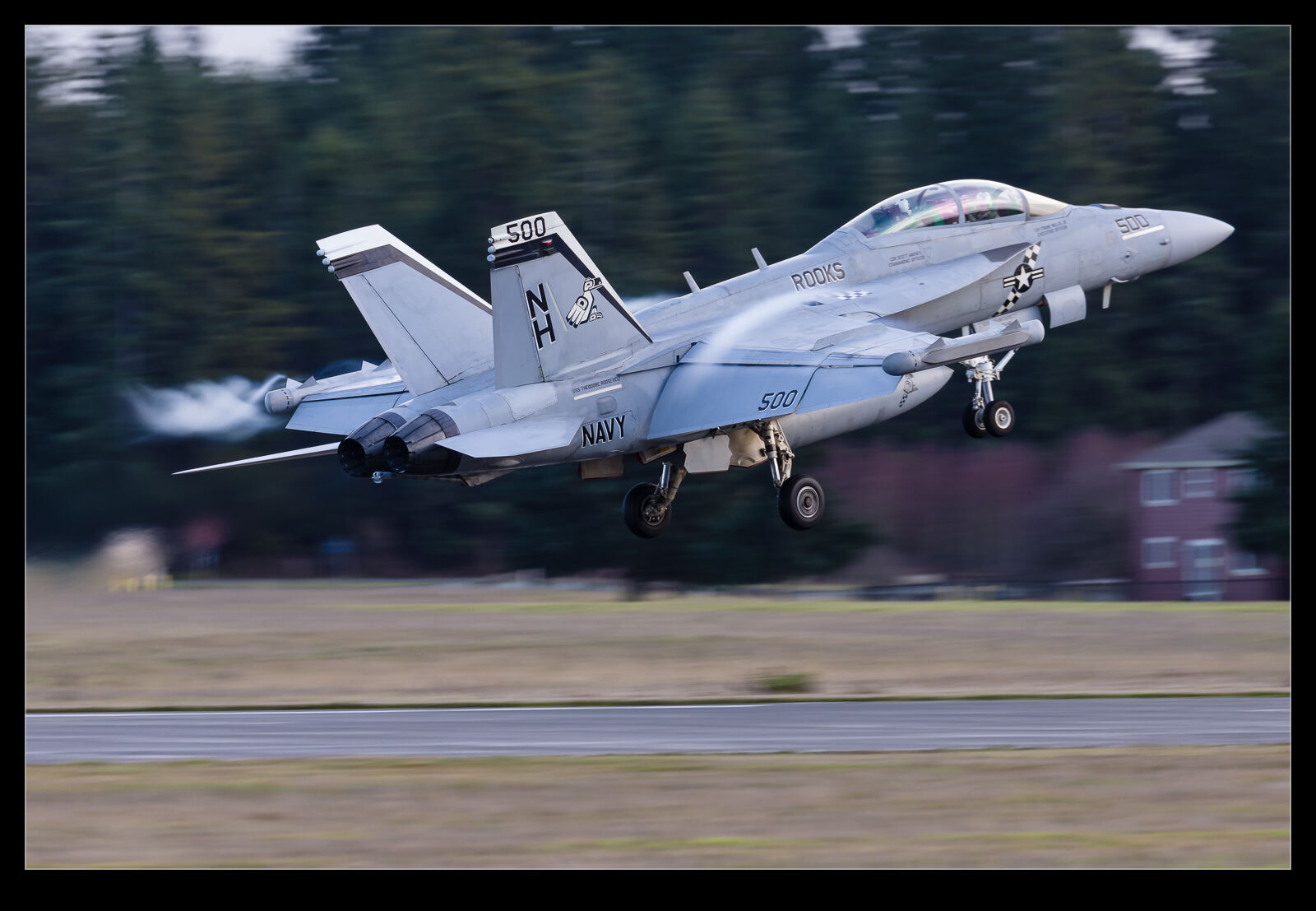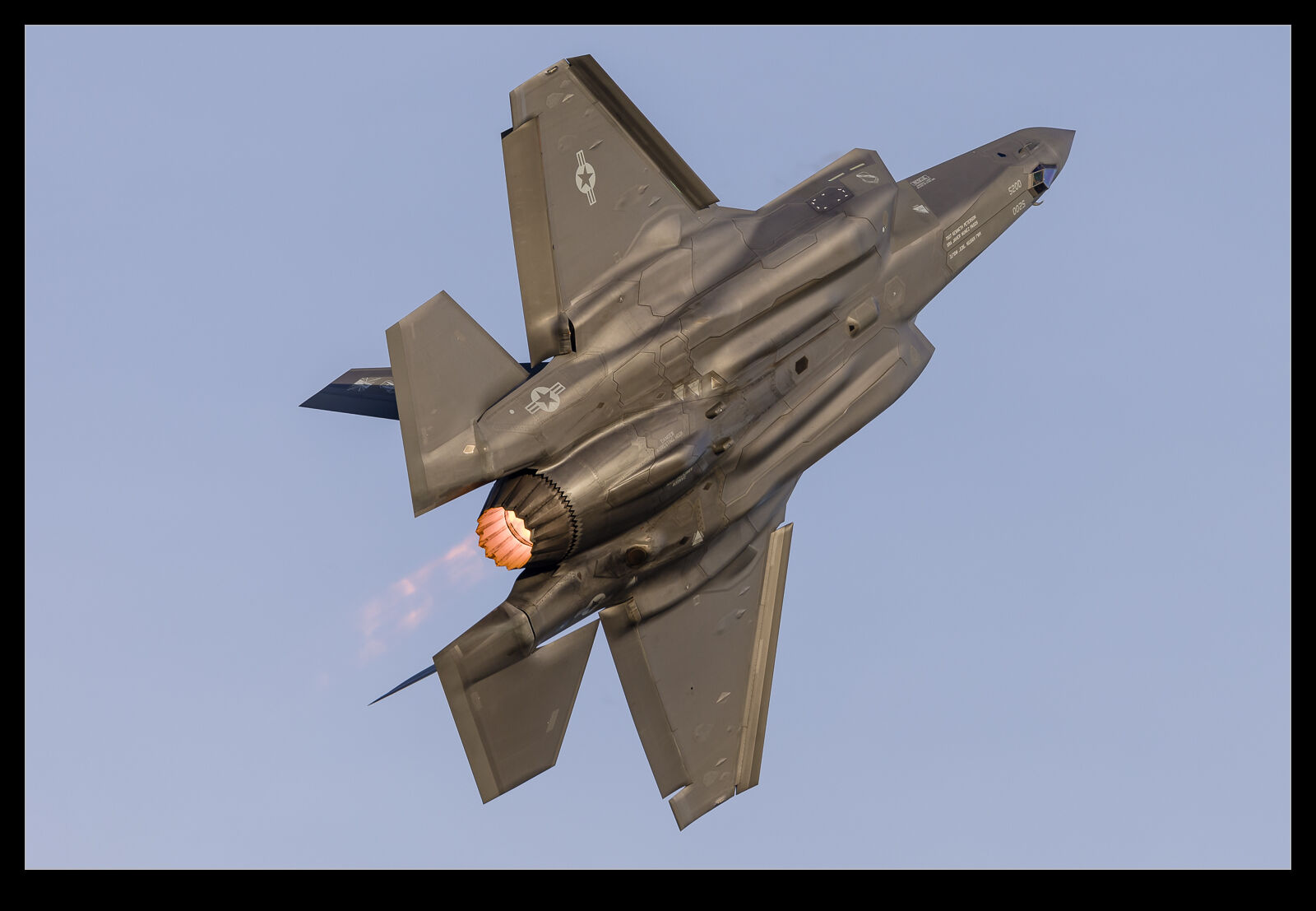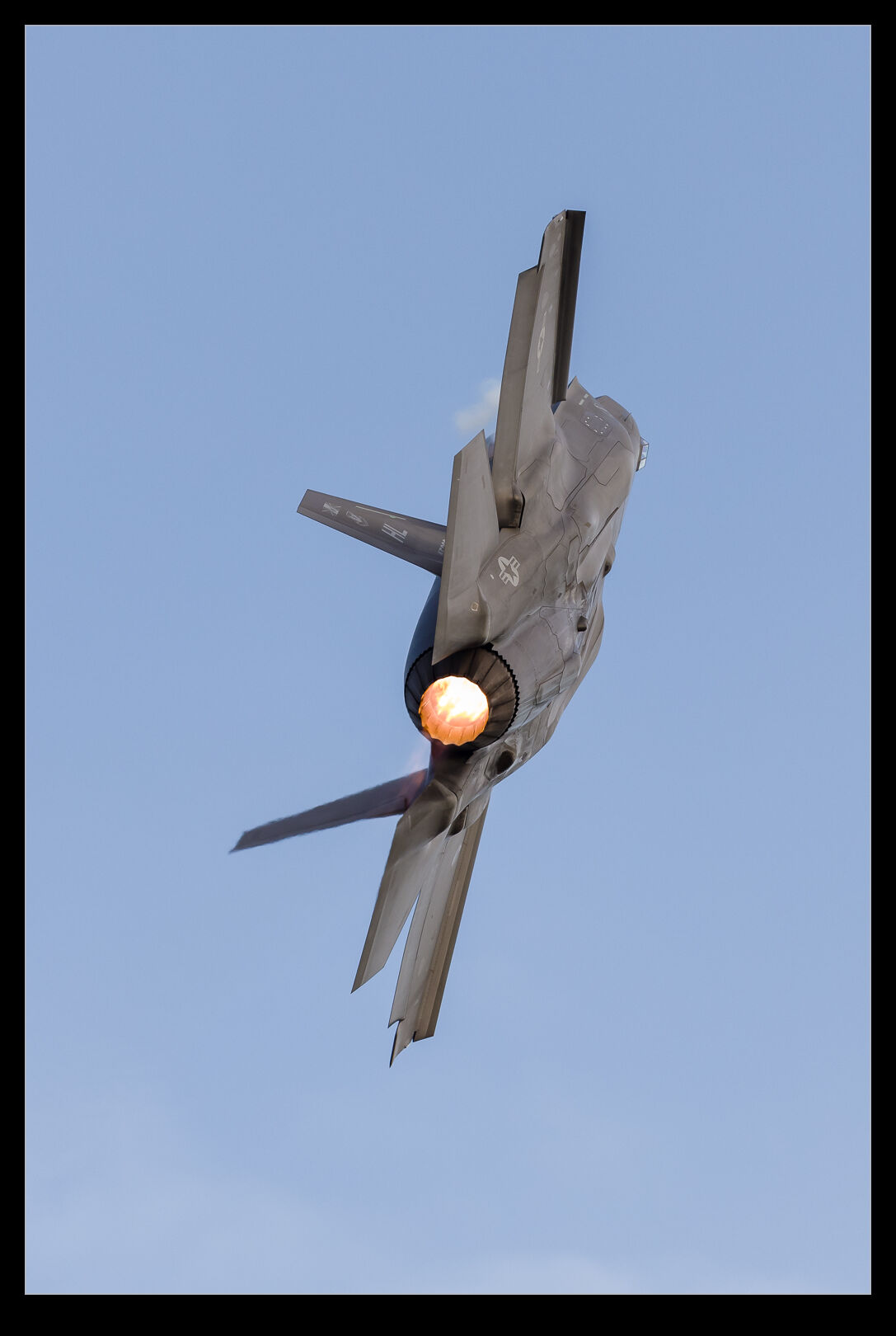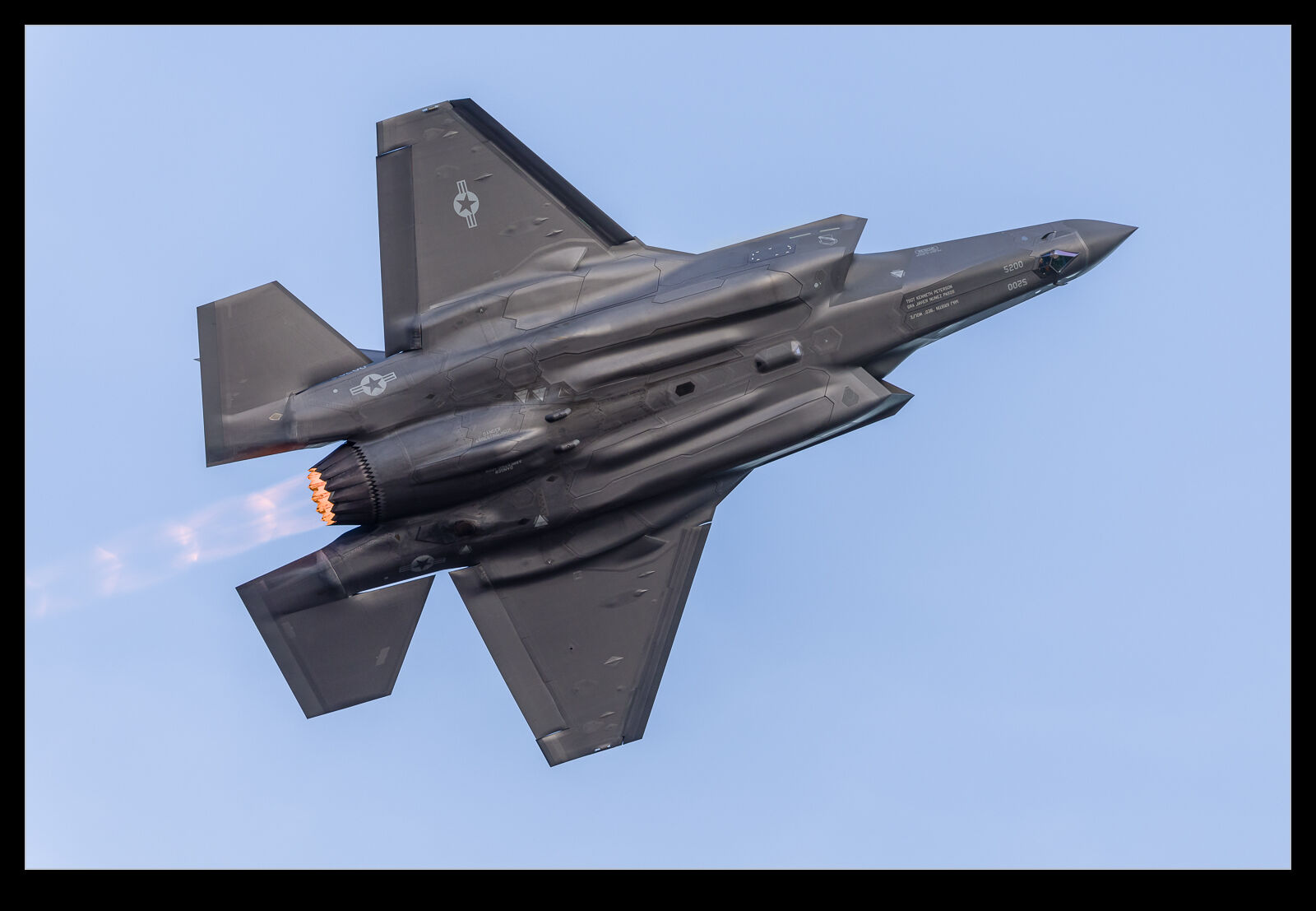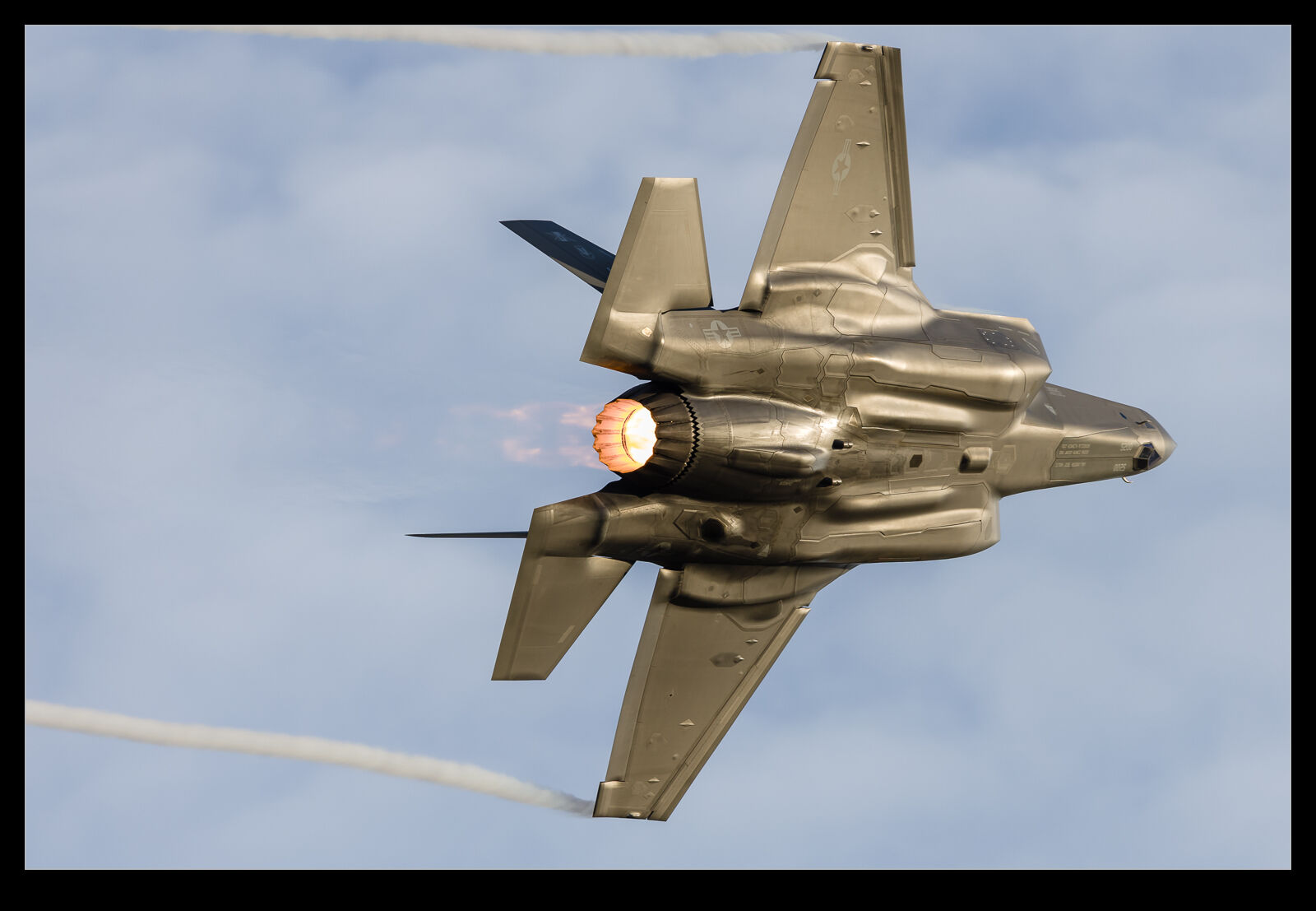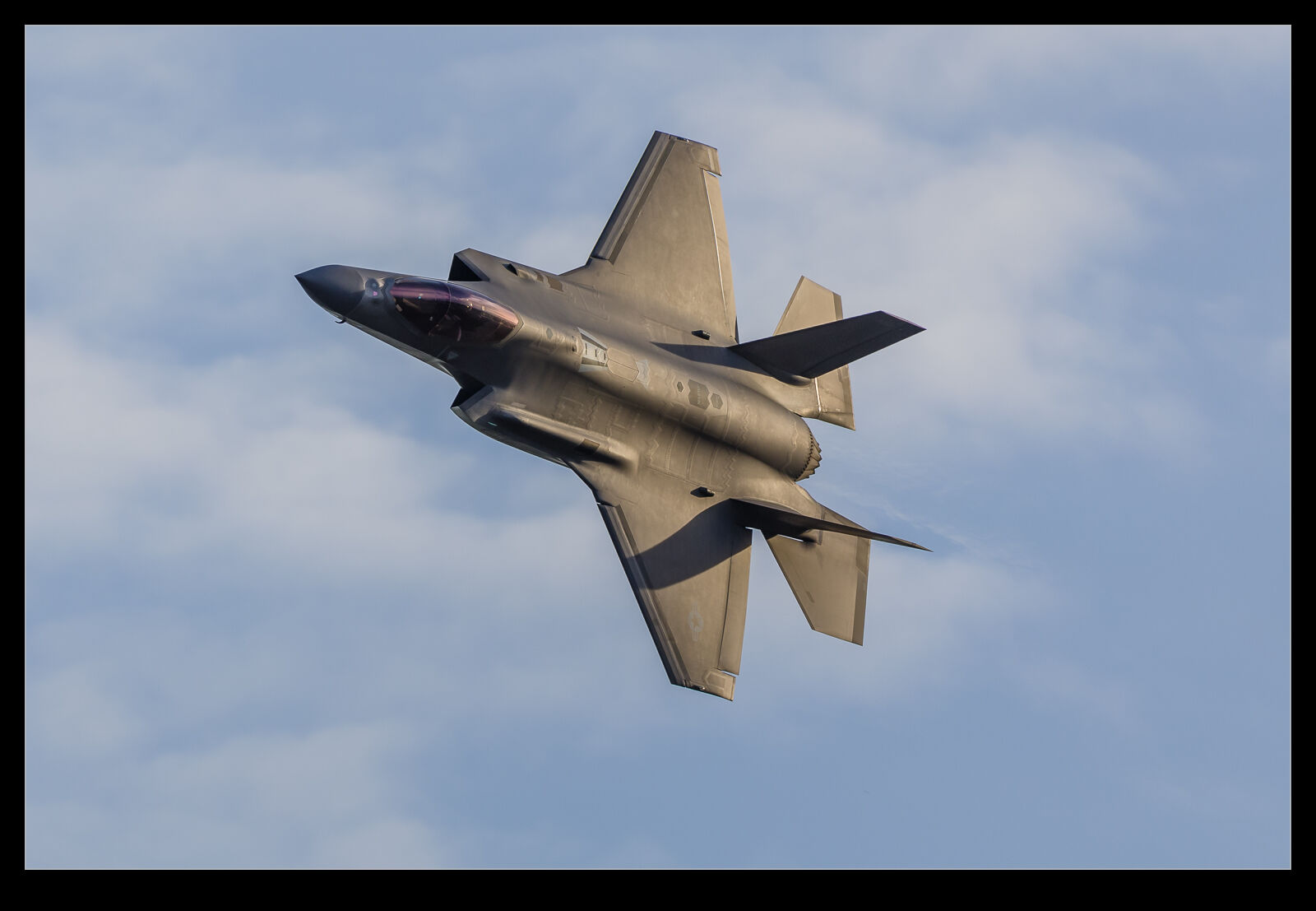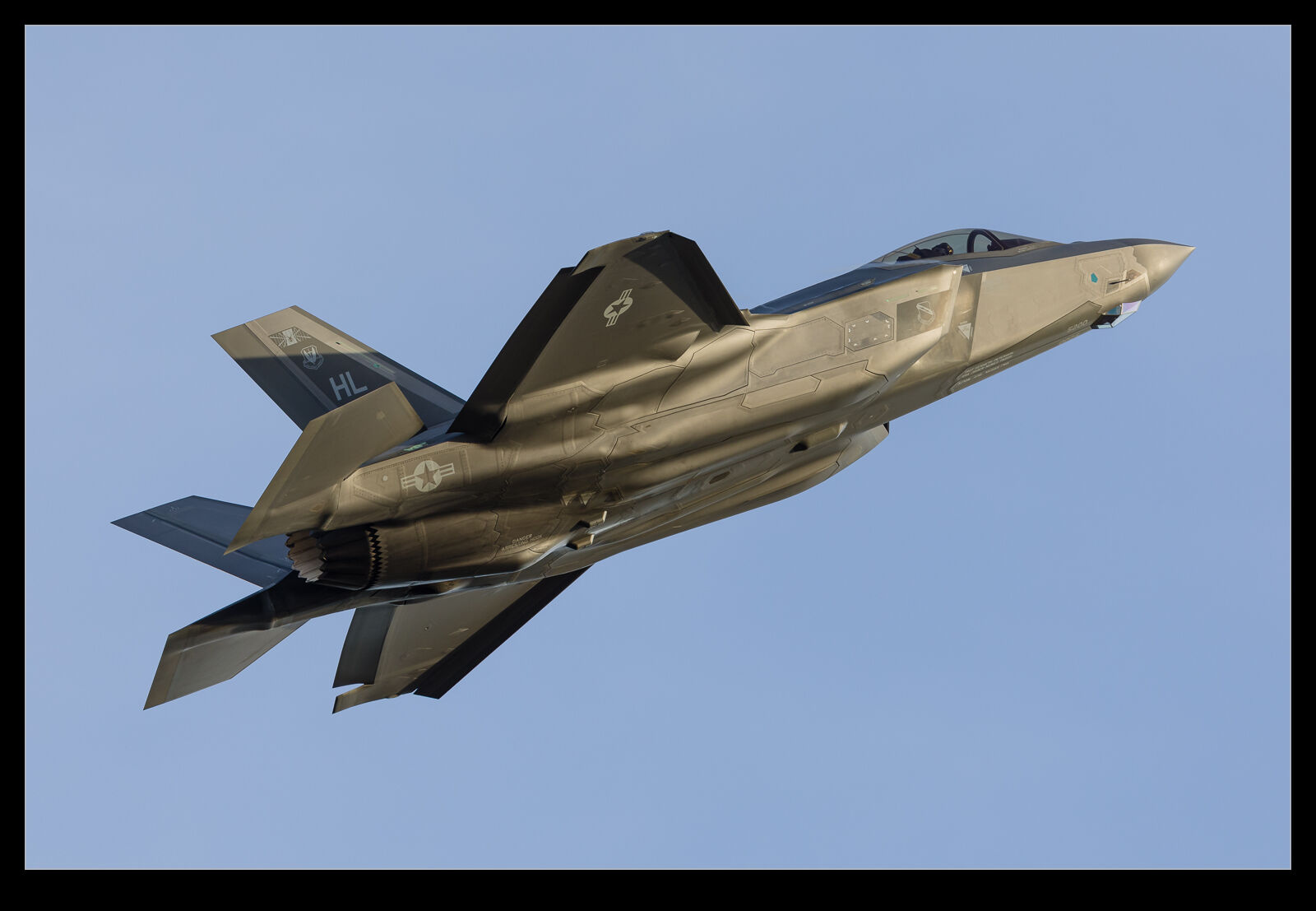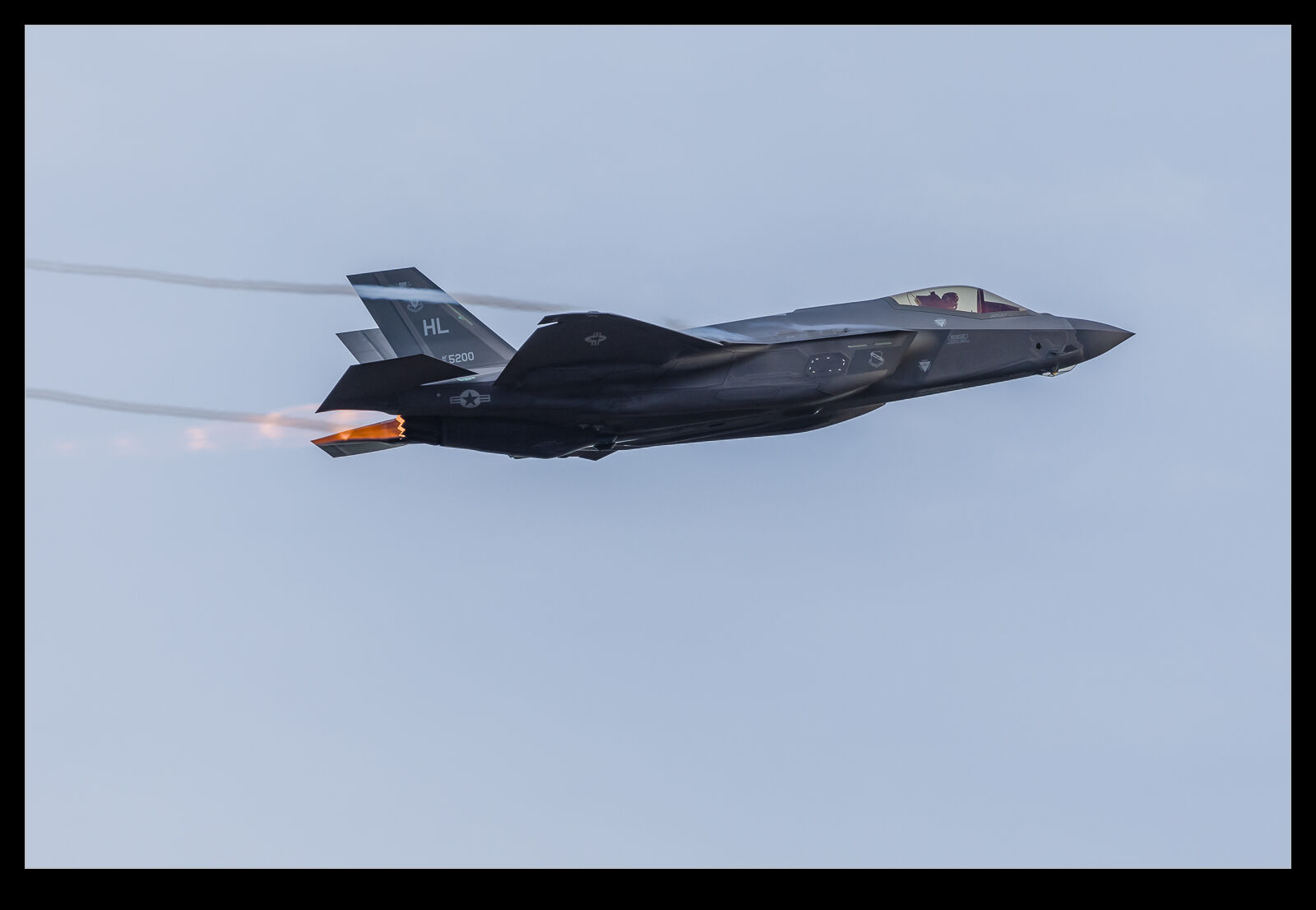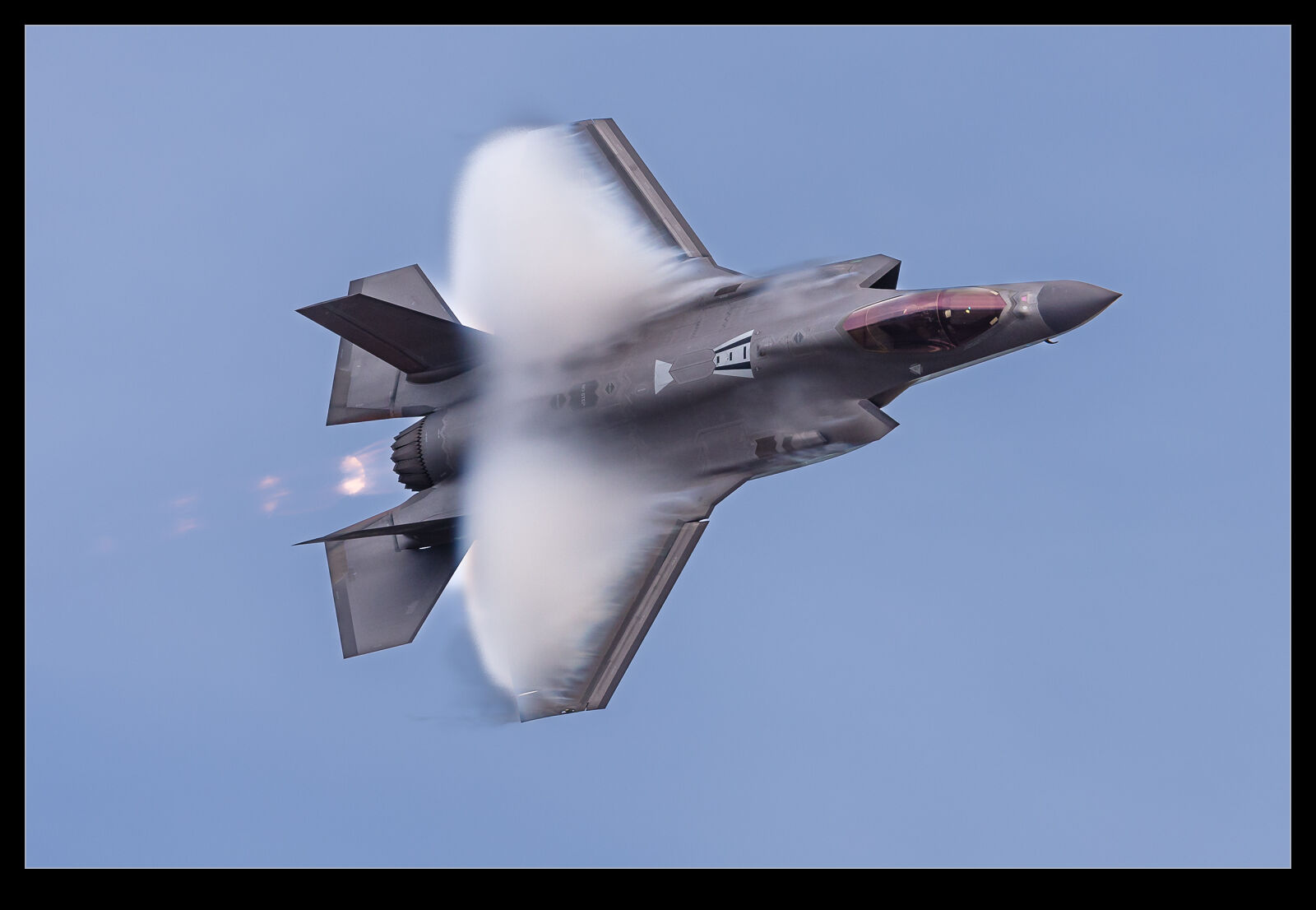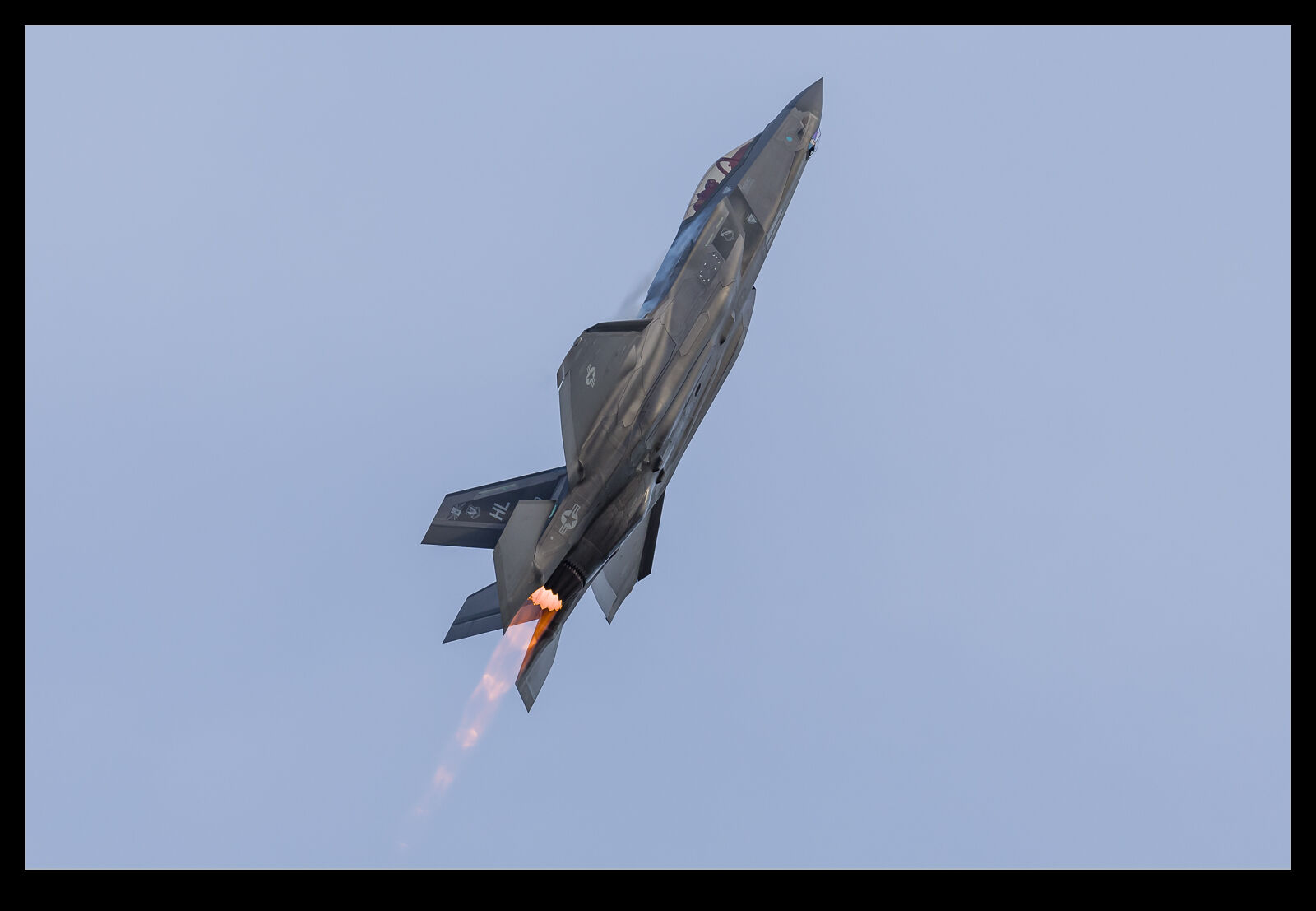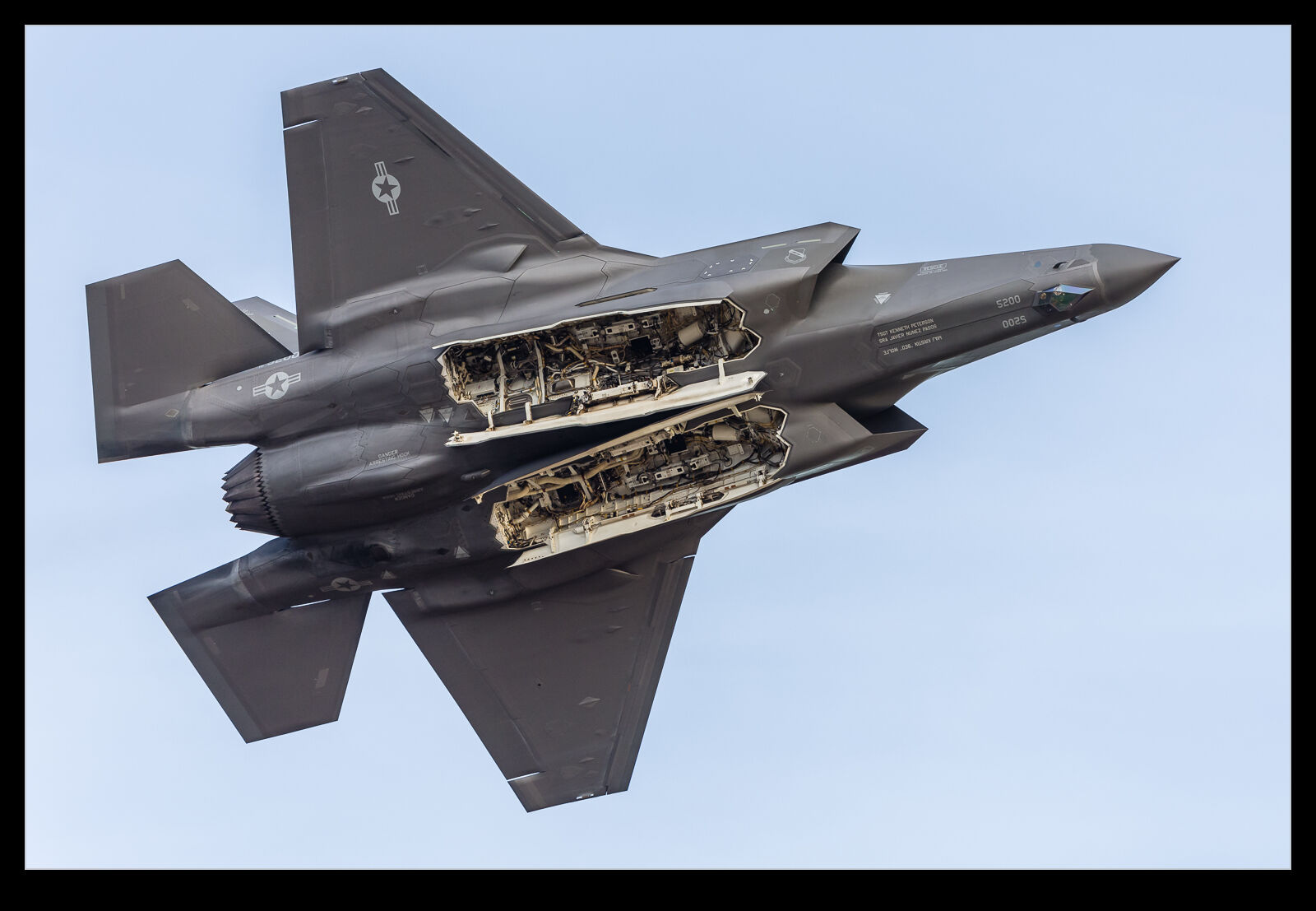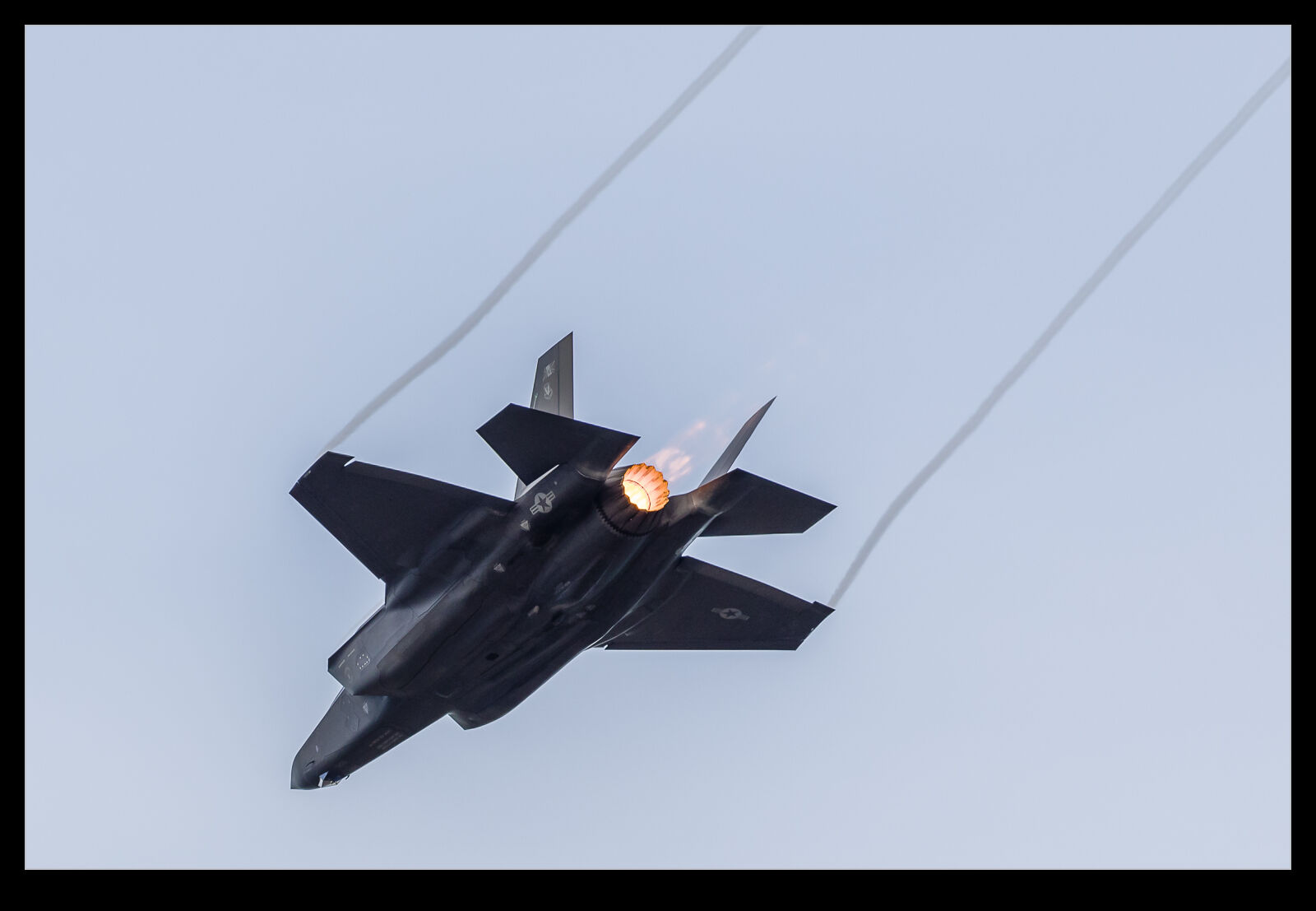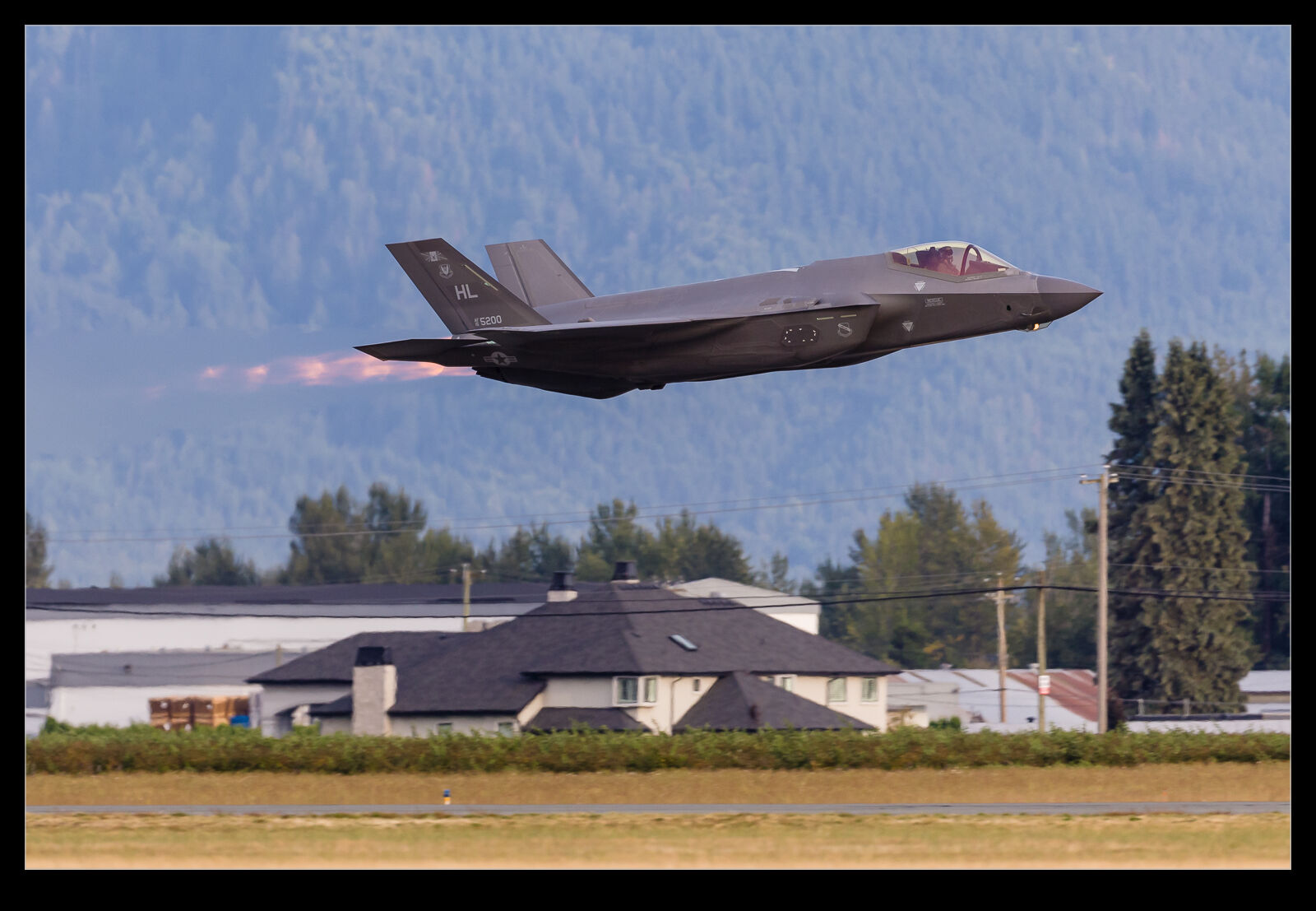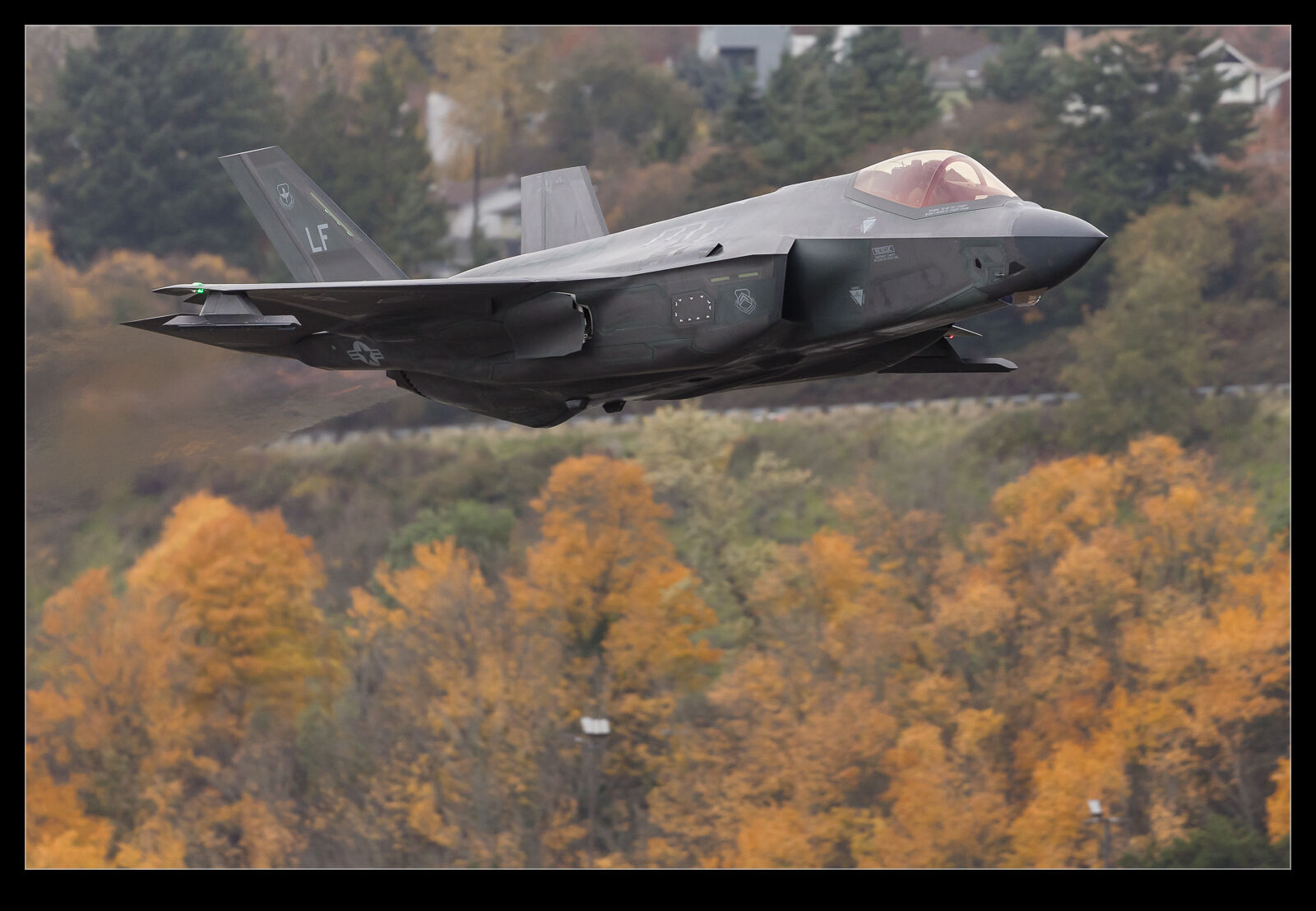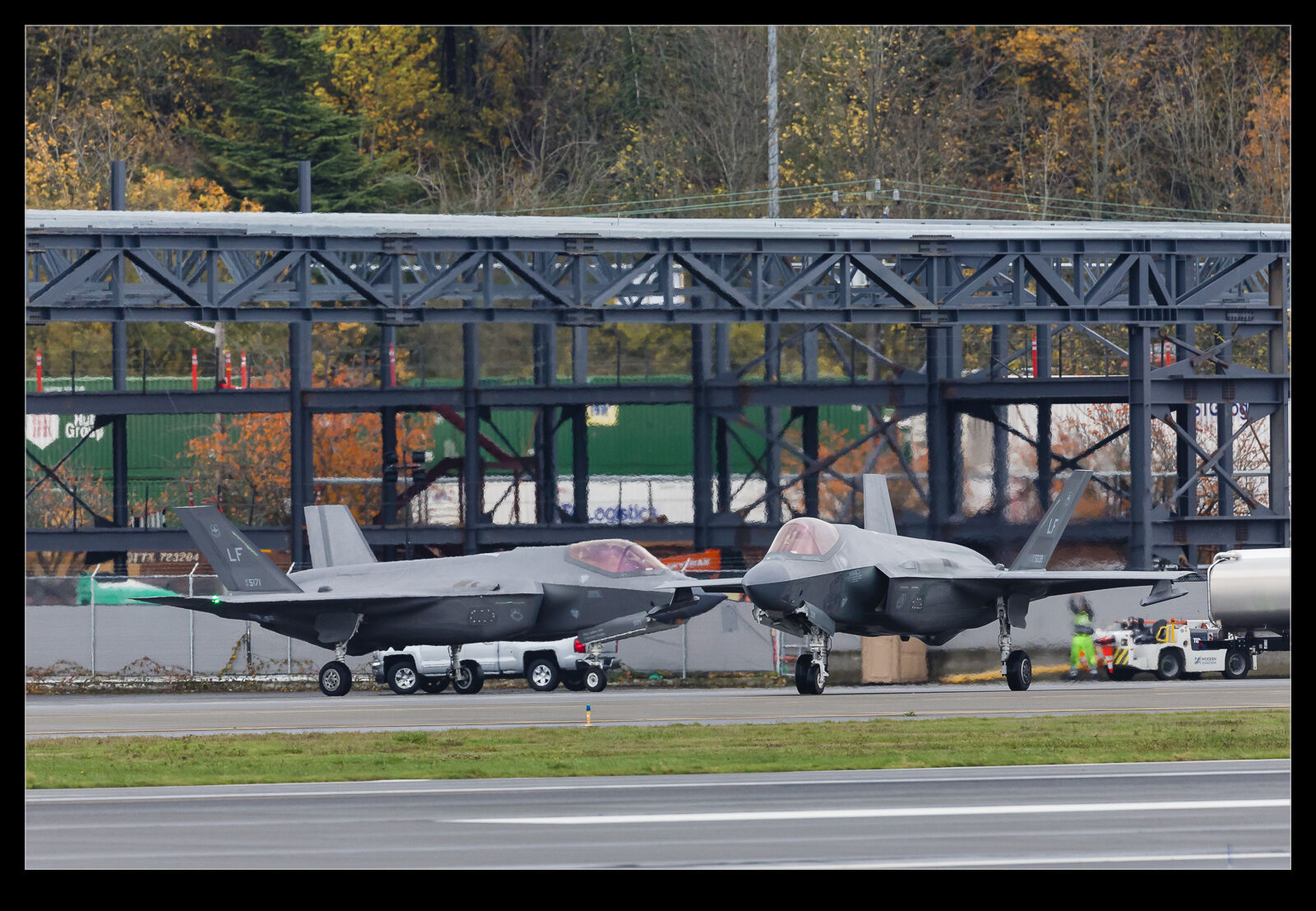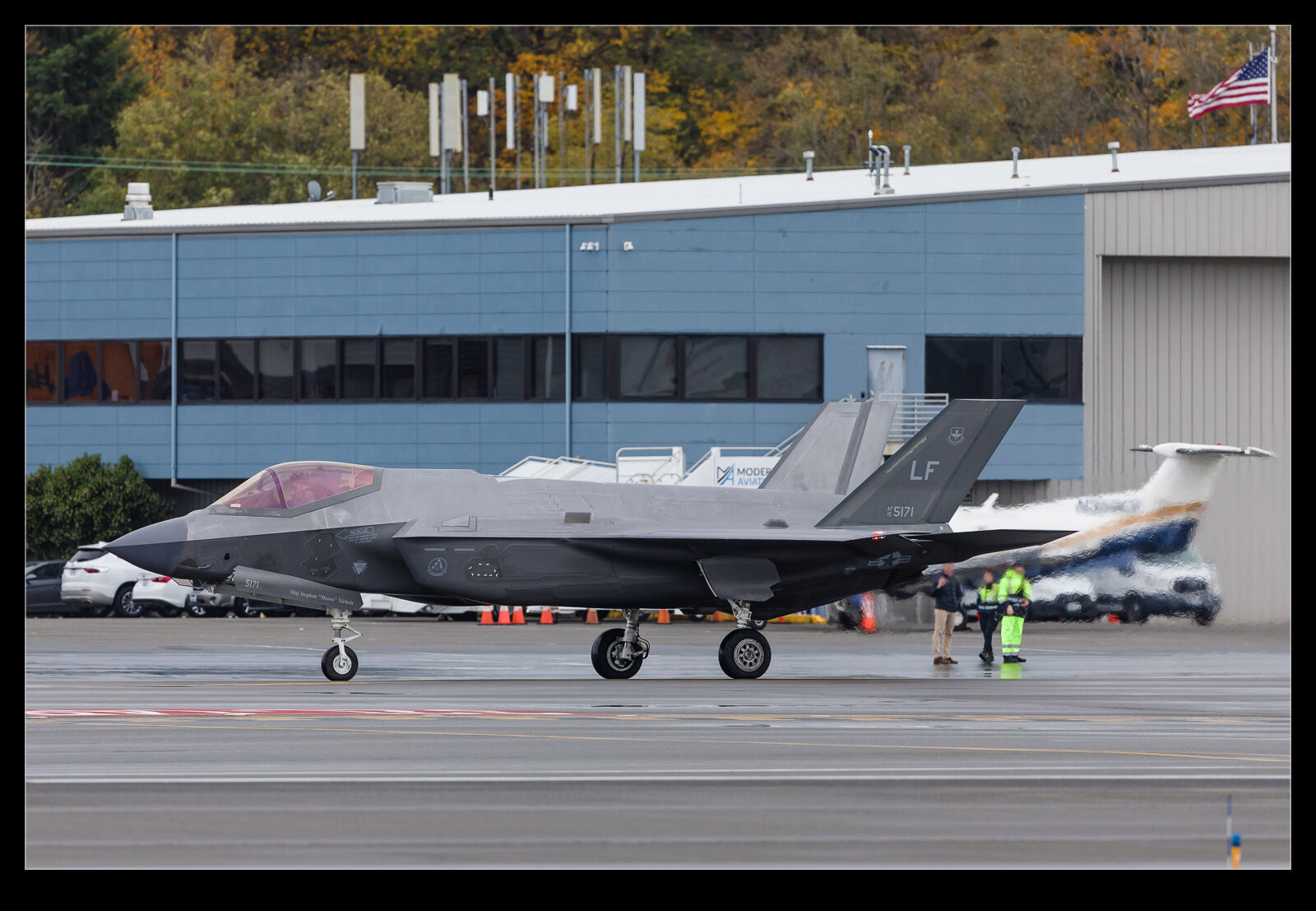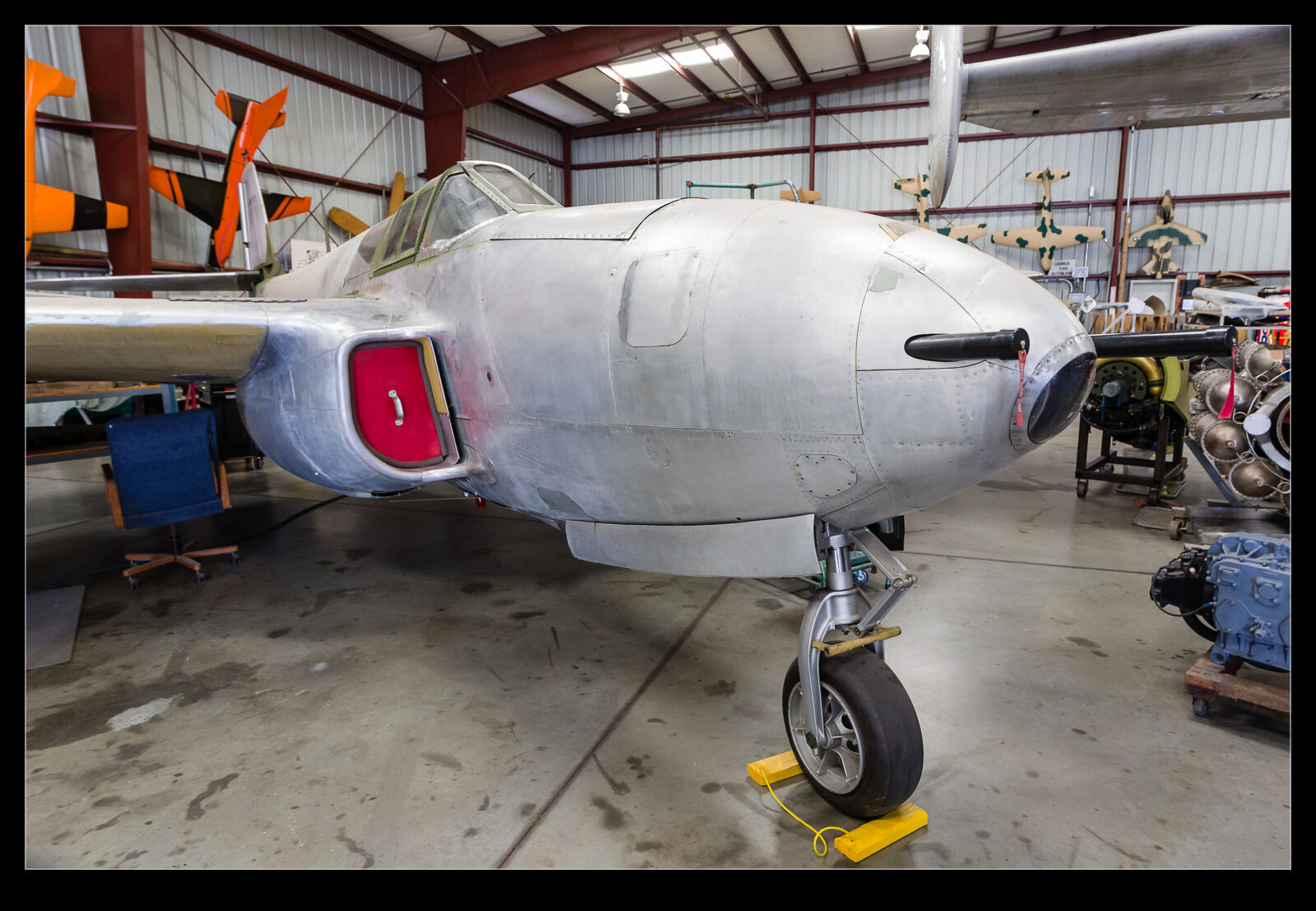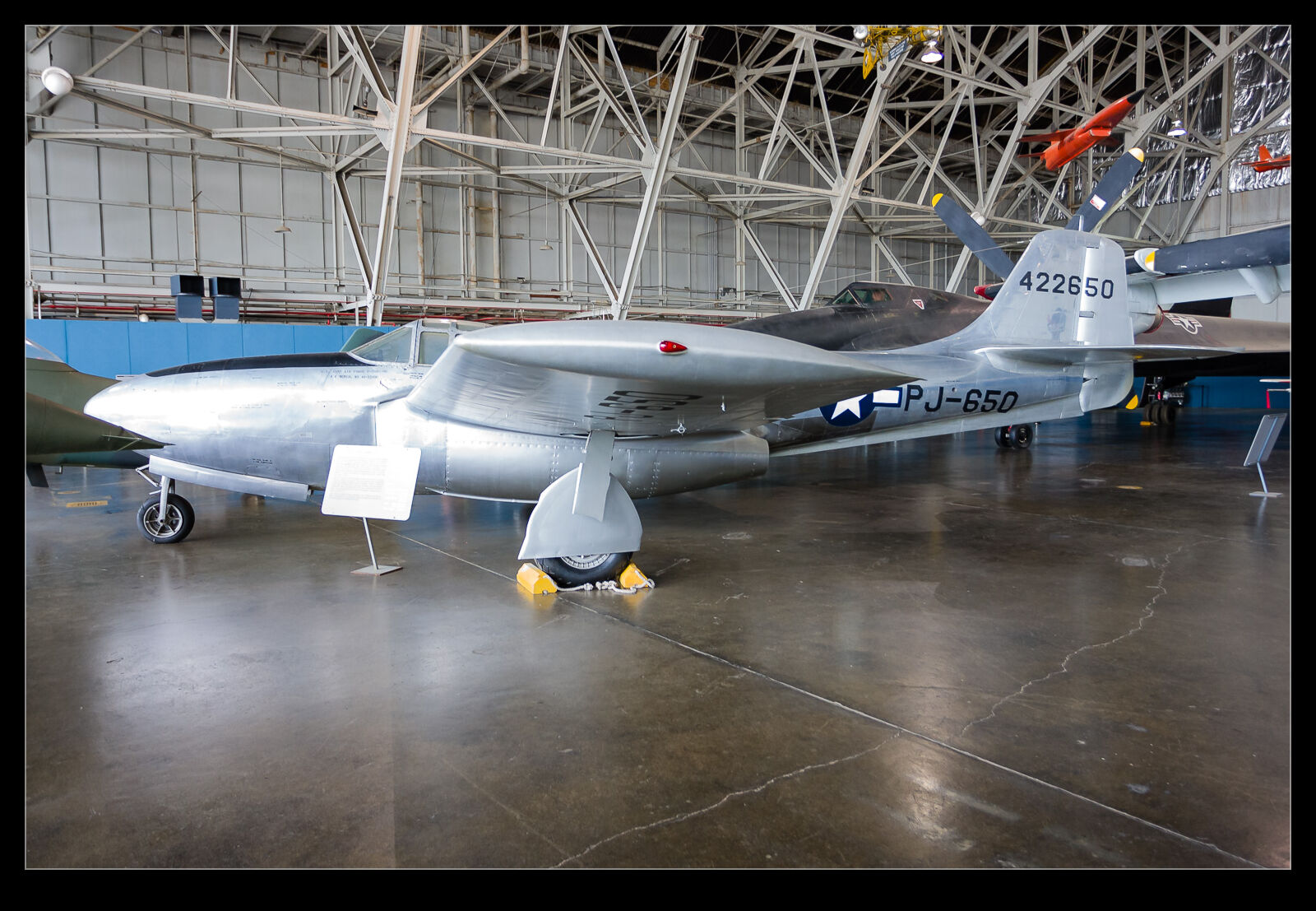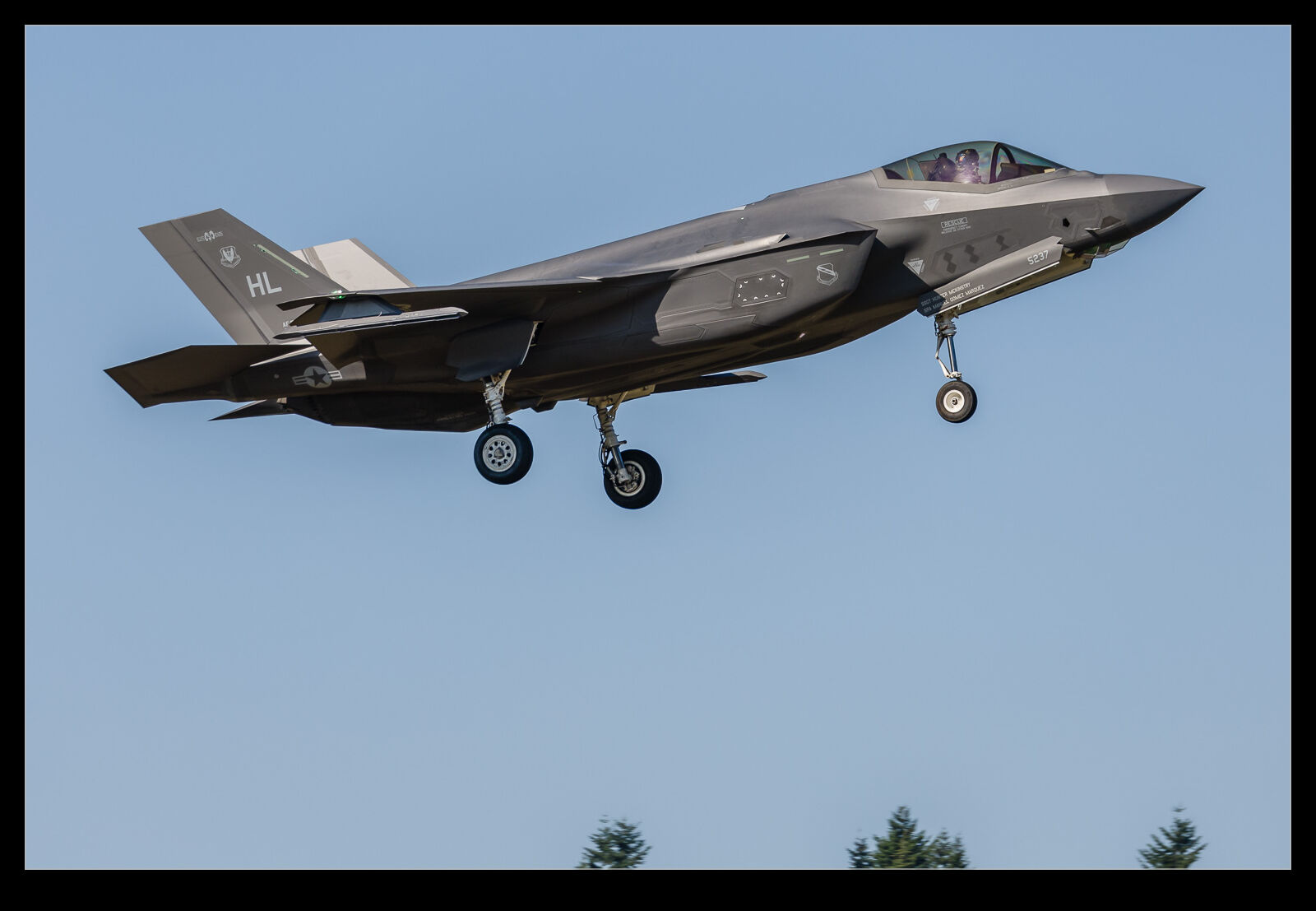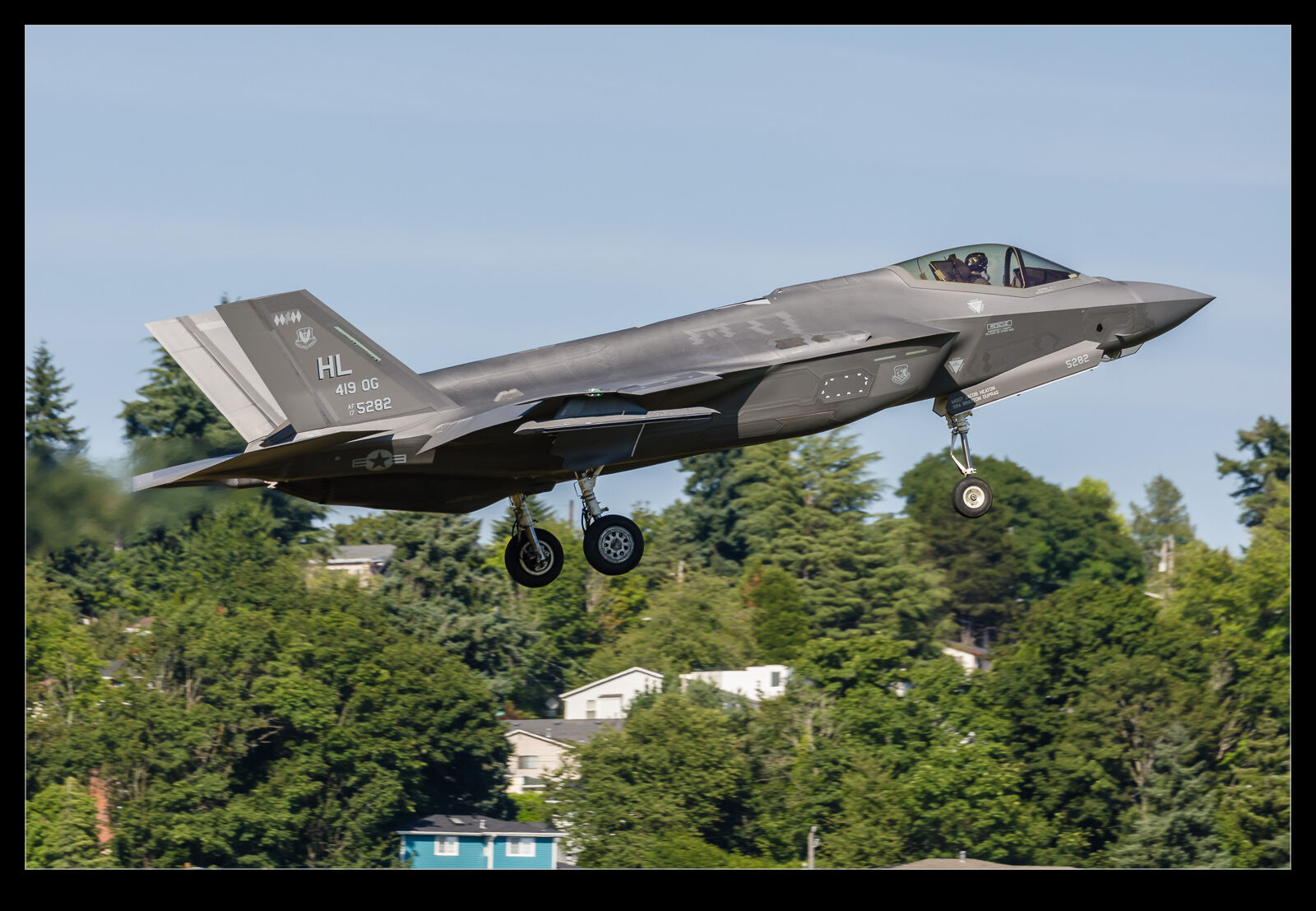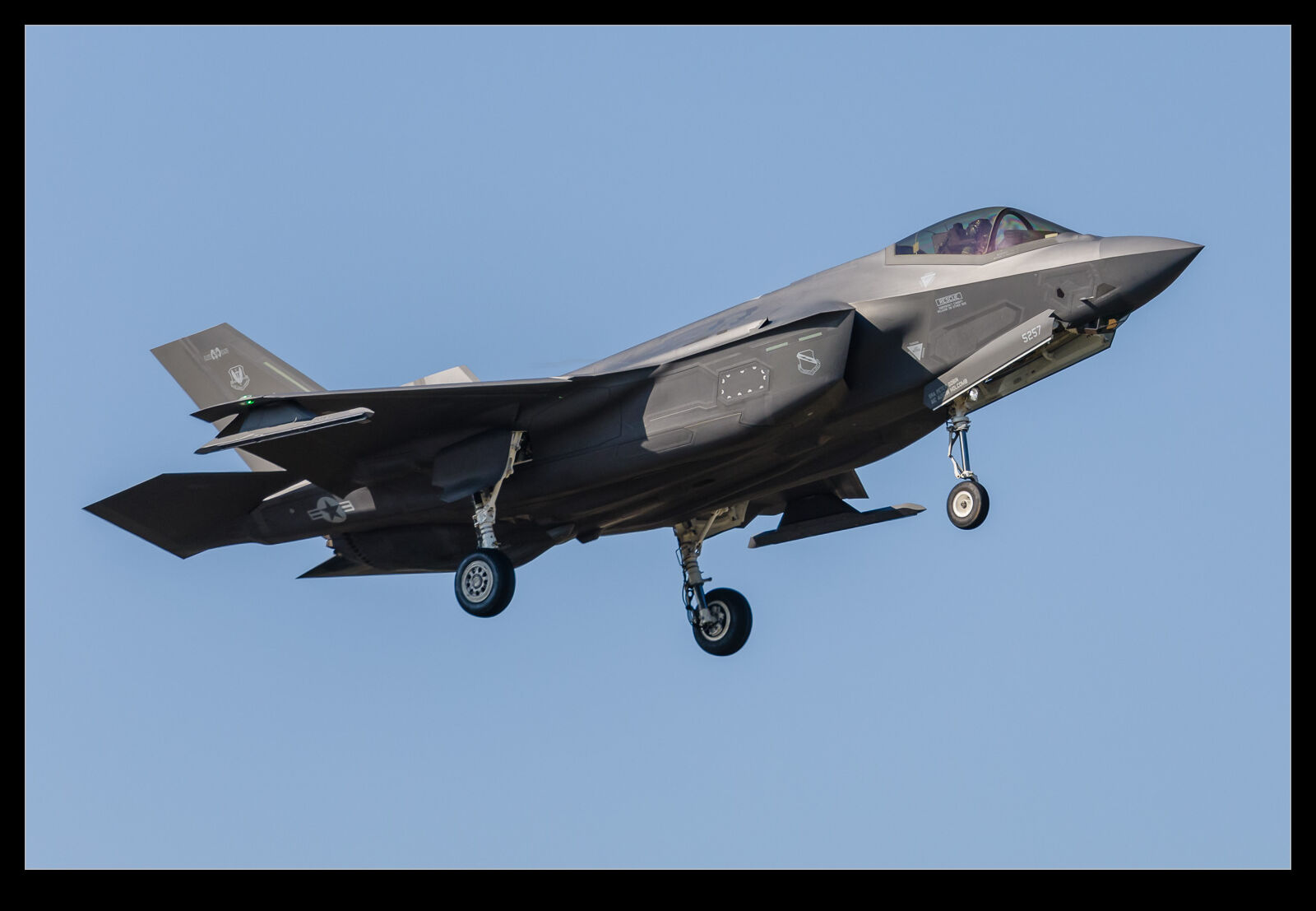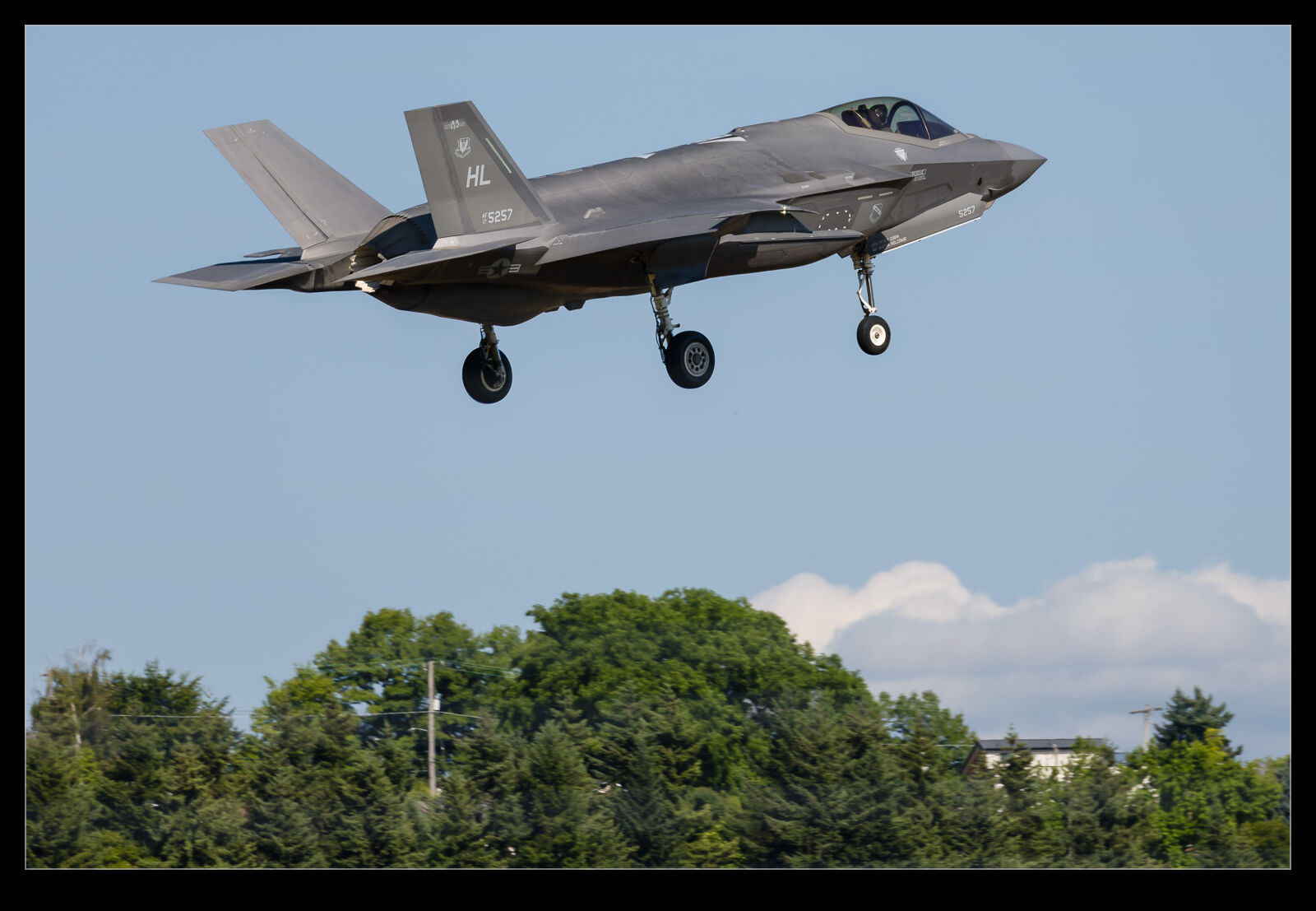 Usually, when I go somewhere new, I have done some research on what aviation related things might be in the area should there happen to be any spare time to squeeze something in. I had actually been checking out the layout of the airport at Kelowna before our trip since I knew that Kelowna Flightcraft had their operations and there was an Alaska Airlines paint facility. I figured it would be worth a drive by if time allowed.
Usually, when I go somewhere new, I have done some research on what aviation related things might be in the area should there happen to be any spare time to squeeze something in. I had actually been checking out the layout of the airport at Kelowna before our trip since I knew that Kelowna Flightcraft had their operations and there was an Alaska Airlines paint facility. I figured it would be worth a drive by if time allowed.
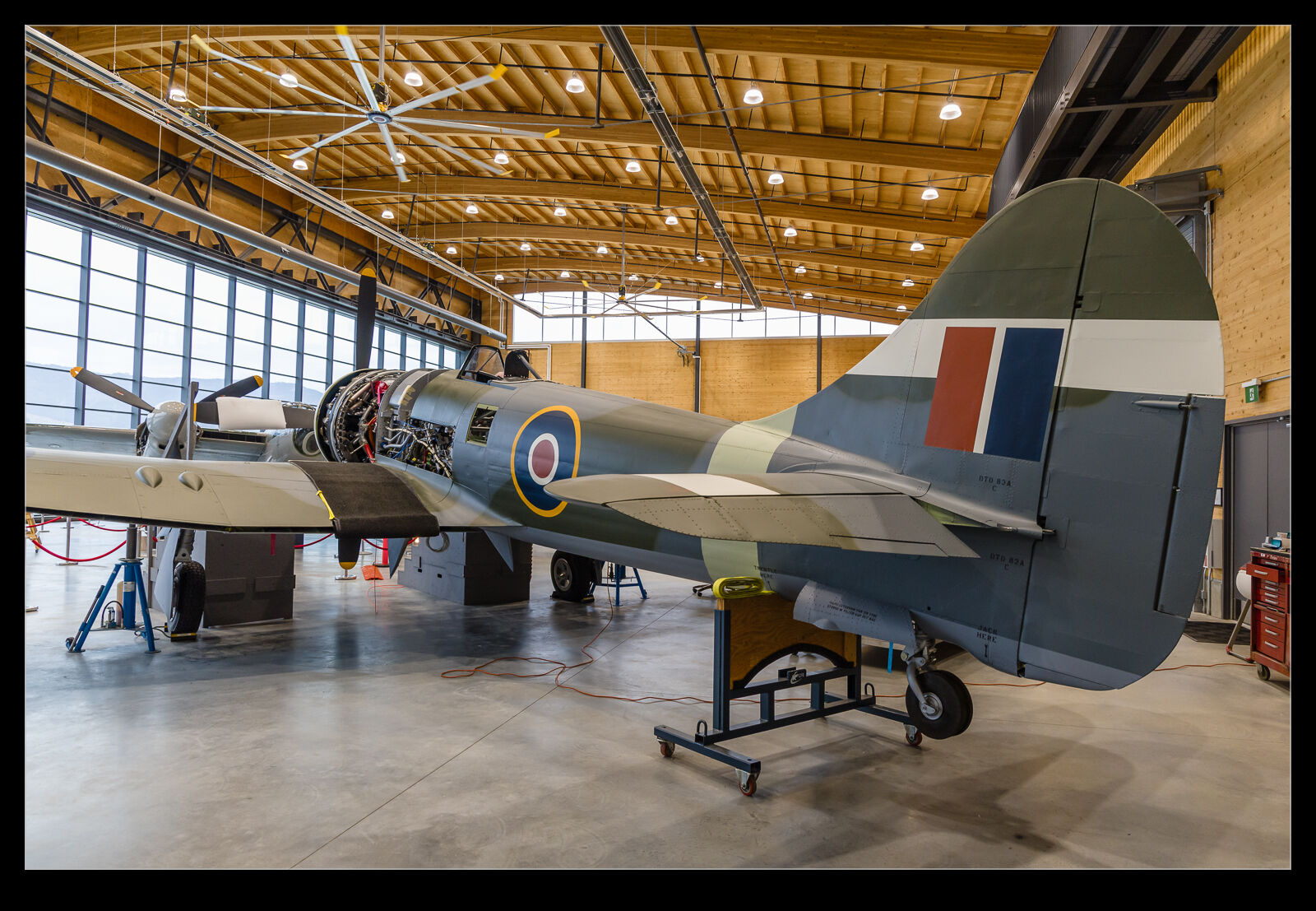 As it turned out, our planned hike got scrubbed because the snow made access to the trail, we intended to try impossible for our not off-road optimized car. We were looking for something else to do and I asked Nancy is a quick drive by at the airport would be possible. With nothing else in mind, so generously acquiesced. We drove up the west side of the airport and passed a pair of Convairs up a side road with a sign saying Open to the Public.
As it turned out, our planned hike got scrubbed because the snow made access to the trail, we intended to try impossible for our not off-road optimized car. We were looking for something else to do and I asked Nancy is a quick drive by at the airport would be possible. With nothing else in mind, so generously acquiesced. We drove up the west side of the airport and passed a pair of Convairs up a side road with a sign saying Open to the Public.
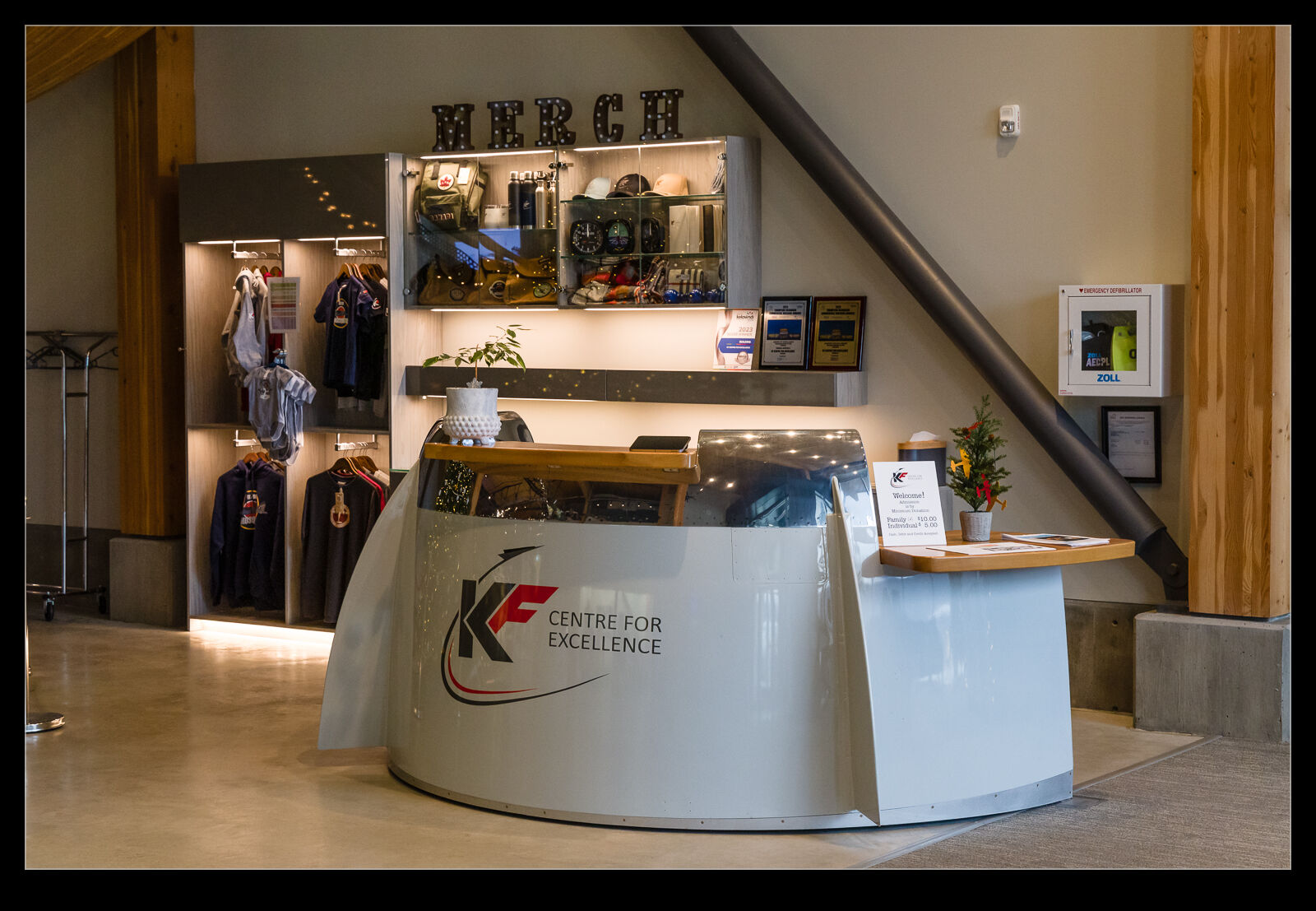 I had no idea what this could be but, when we came back, we drove up to take a look. Much to my surprise (and Nancy’s bemusement that I didn’t already know), we were at the KF Centre of Excellence. This is a new museum that the owner(?) of Kelowna Flightcraft has established. The building itself is a lovely structure. It is loosely designed to resemble the layout of a plane with a central fuselage element and two wings which are hangars. The external styling is very nice, and the interior is tastefully finished with lots of wood. We paid to have a look around with the front desk being a converted nacelle. (Much of the furnishing is aviation components that have been repurposed. An office desk from a tailplane, nacelles that have been modified and the café seating is all old business class seats.
I had no idea what this could be but, when we came back, we drove up to take a look. Much to my surprise (and Nancy’s bemusement that I didn’t already know), we were at the KF Centre of Excellence. This is a new museum that the owner(?) of Kelowna Flightcraft has established. The building itself is a lovely structure. It is loosely designed to resemble the layout of a plane with a central fuselage element and two wings which are hangars. The external styling is very nice, and the interior is tastefully finished with lots of wood. We paid to have a look around with the front desk being a converted nacelle. (Much of the furnishing is aviation components that have been repurposed. An office desk from a tailplane, nacelles that have been modified and the café seating is all old business class seats.
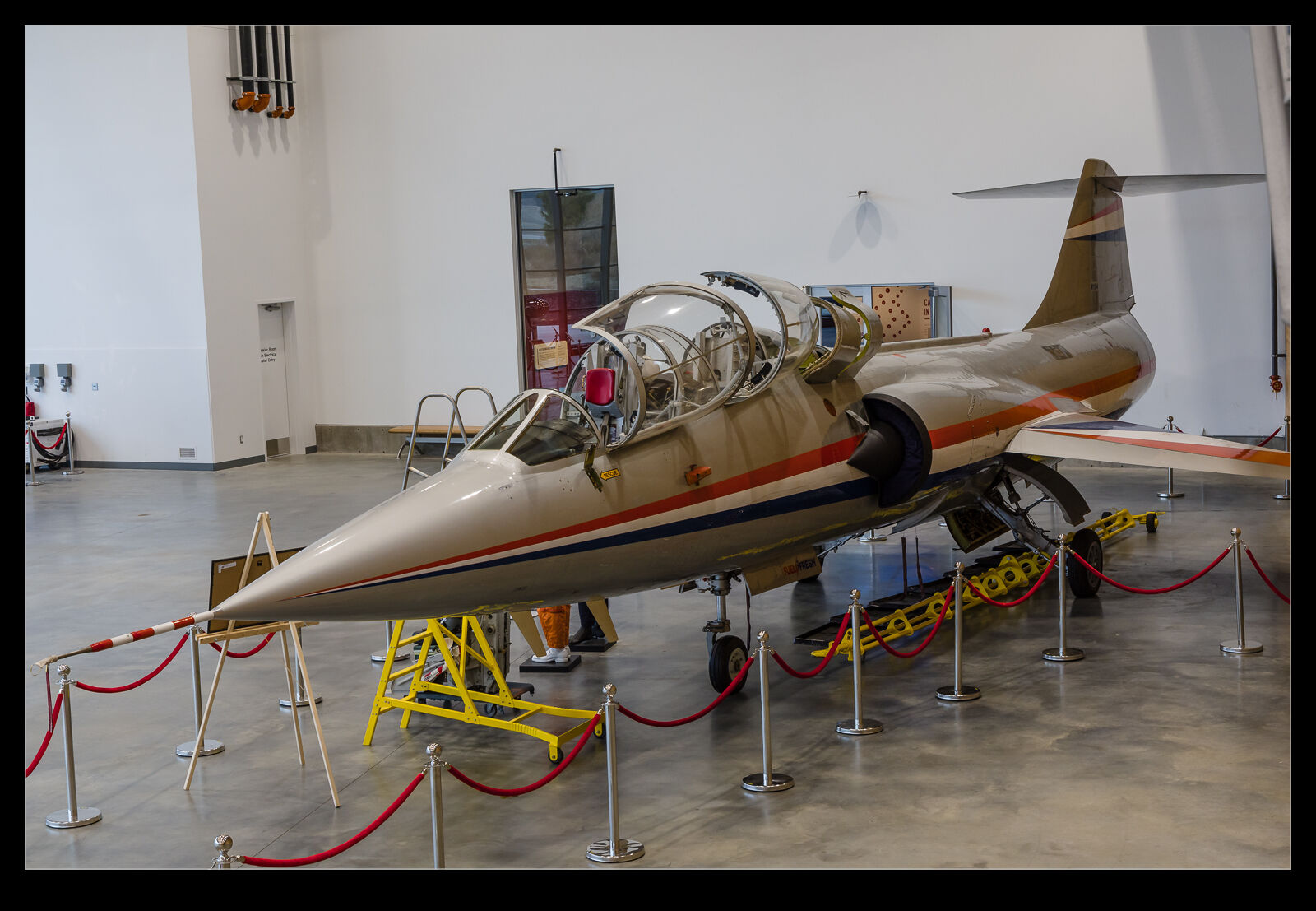 The center section of the museum has a lot of exhibits about flying including engines, fuselage components and even an old simulator. It is quite informative and educational. We enjoyed looking around. Then it was to the hangars. One has a Second World War vintage to it. The largest item was a DC-3 but it was probably the least exciting. Alongside it was a Mosquito that had only recently been flown in. Beside that is a Hawker Tempest which is in an advanced state of restoration to flightworthy condition. It may well be the only Tempest I have seen. I’m not sure if I have ever seen one before.
The center section of the museum has a lot of exhibits about flying including engines, fuselage components and even an old simulator. It is quite informative and educational. We enjoyed looking around. Then it was to the hangars. One has a Second World War vintage to it. The largest item was a DC-3 but it was probably the least exciting. Alongside it was a Mosquito that had only recently been flown in. Beside that is a Hawker Tempest which is in an advanced state of restoration to flightworthy condition. It may well be the only Tempest I have seen. I’m not sure if I have ever seen one before.
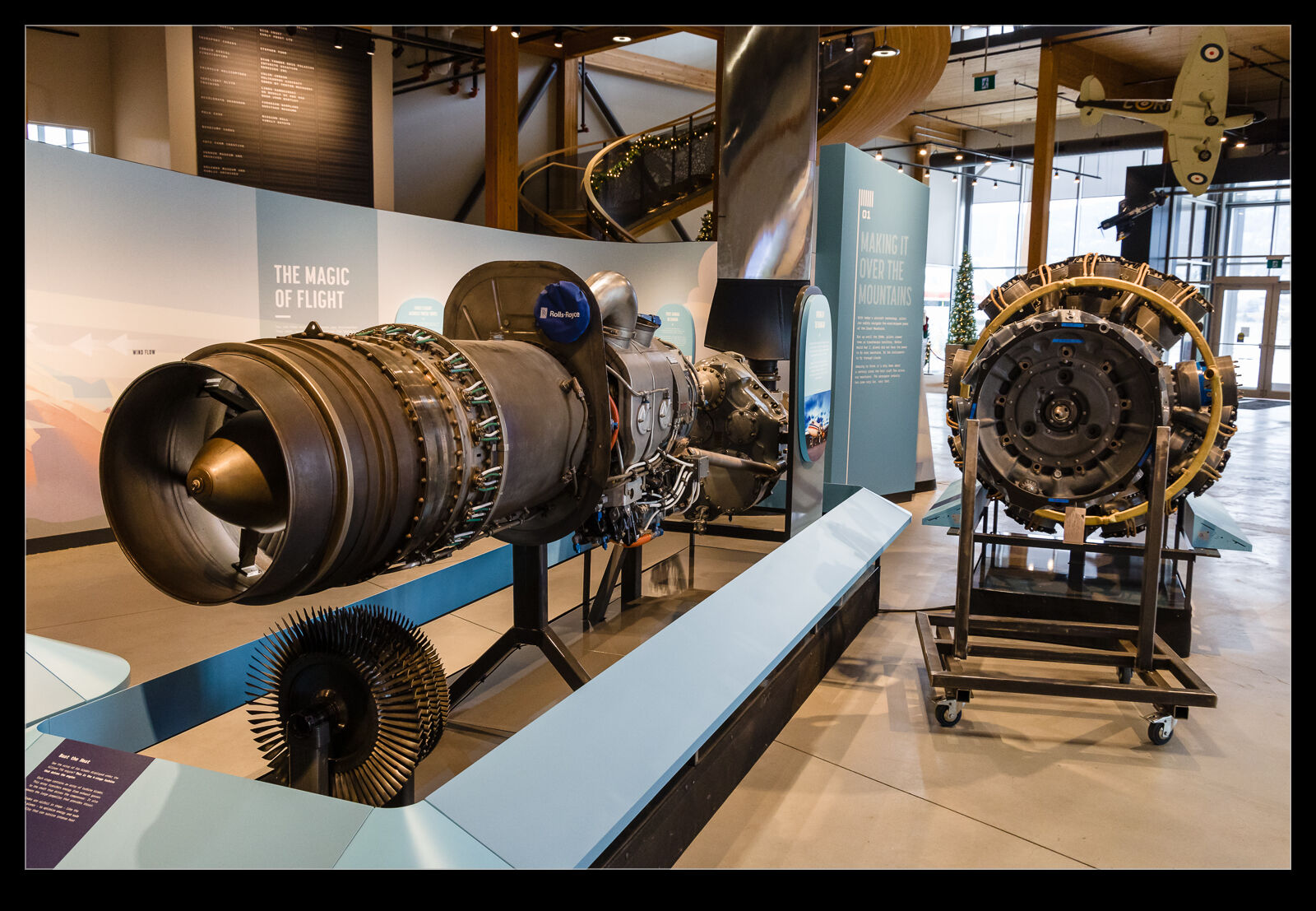 Across to the other side and things are still quite empty. Clearly there are plans to add more aircraft in due course. A Staggerwing and a few floatplanes are in place but the two-seat F-104 Starfighter is definitely the most exotic. It was airworthy until relatively recently. Sadly, it is rather tight to the wall which made getting shots from different angles tricky. Still cool to see it though.
Across to the other side and things are still quite empty. Clearly there are plans to add more aircraft in due course. A Staggerwing and a few floatplanes are in place but the two-seat F-104 Starfighter is definitely the most exotic. It was airworthy until relatively recently. Sadly, it is rather tight to the wall which made getting shots from different angles tricky. Still cool to see it though.
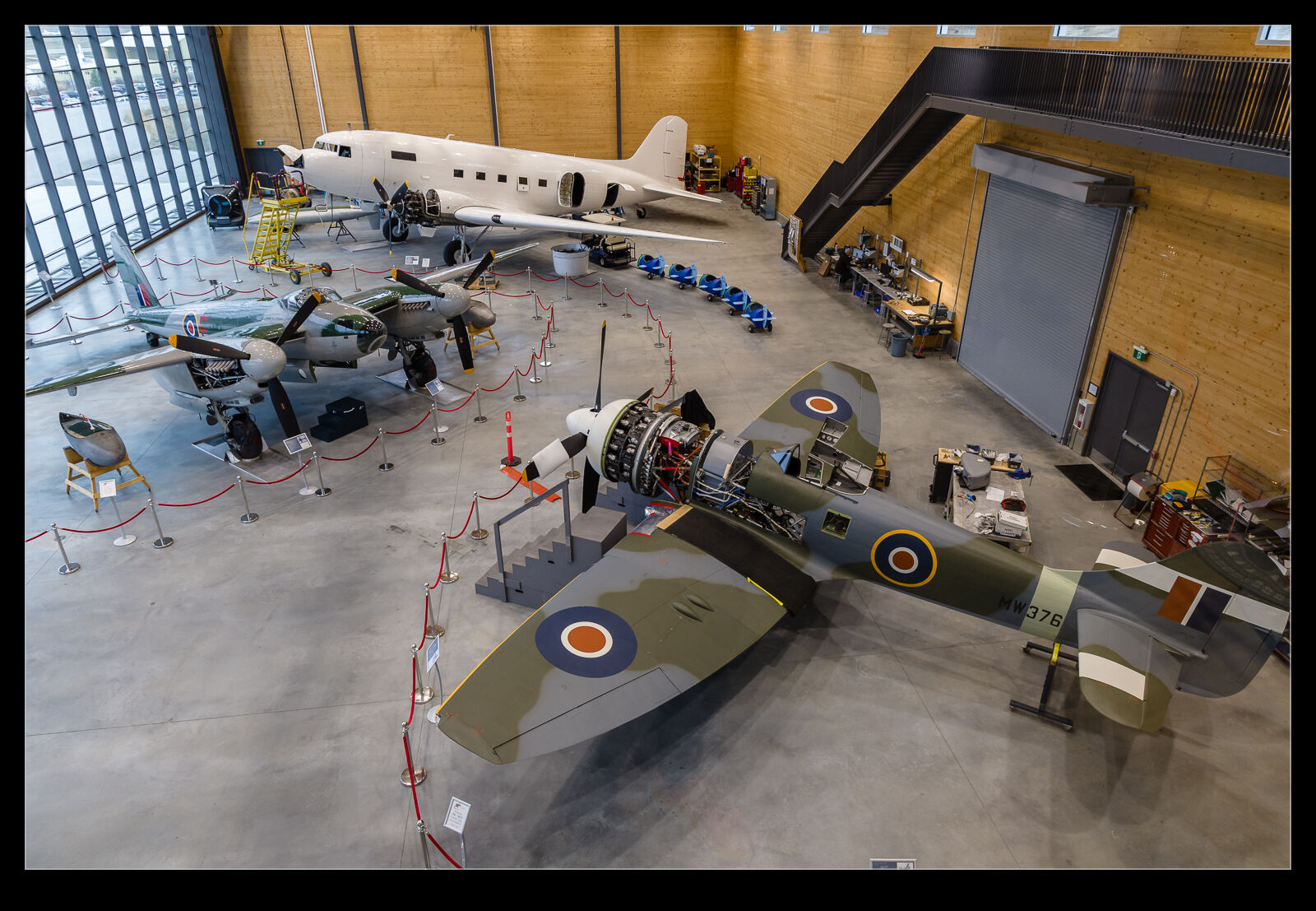 I had no idea about the museum. I had heard something about the Mosquito flying out of Vancouver to a new owner but hadn’t really pieced together what was going on so didn’t realize it was Kelowna. The whole thing was quite a surprise. Finding such a collection and in such a lovely building was a shock. Oh yes, parked out front were two Convairs. One was the old Honeywell testbed that I have shot prior to its retirement and the other is a retired water bomber. How cool. (As an aside, the Honeywell 757 testbed was just down the road undergoing some maintenance work.)
I had no idea about the museum. I had heard something about the Mosquito flying out of Vancouver to a new owner but hadn’t really pieced together what was going on so didn’t realize it was Kelowna. The whole thing was quite a surprise. Finding such a collection and in such a lovely building was a shock. Oh yes, parked out front were two Convairs. One was the old Honeywell testbed that I have shot prior to its retirement and the other is a retired water bomber. How cool. (As an aside, the Honeywell 757 testbed was just down the road undergoing some maintenance work.)
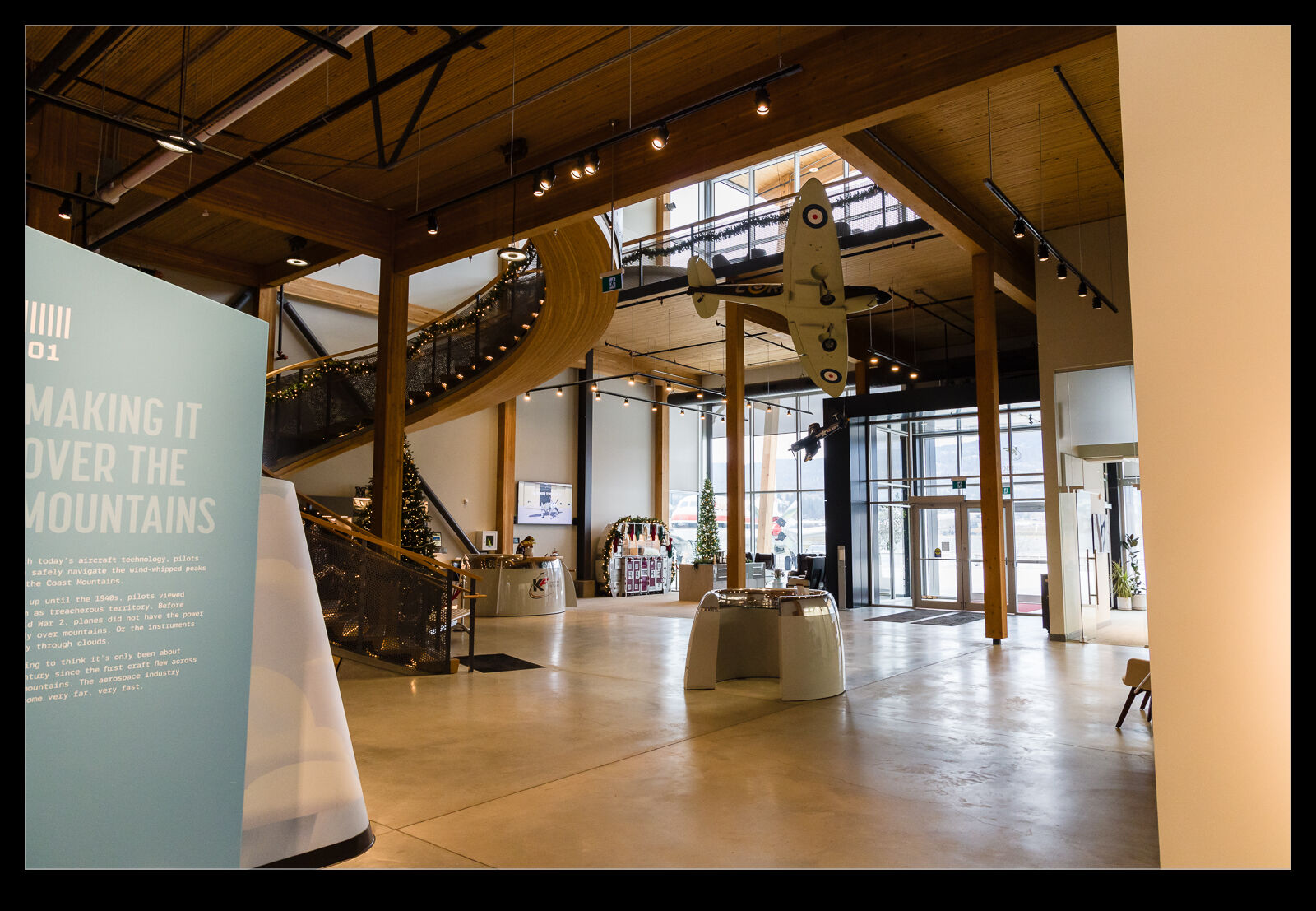
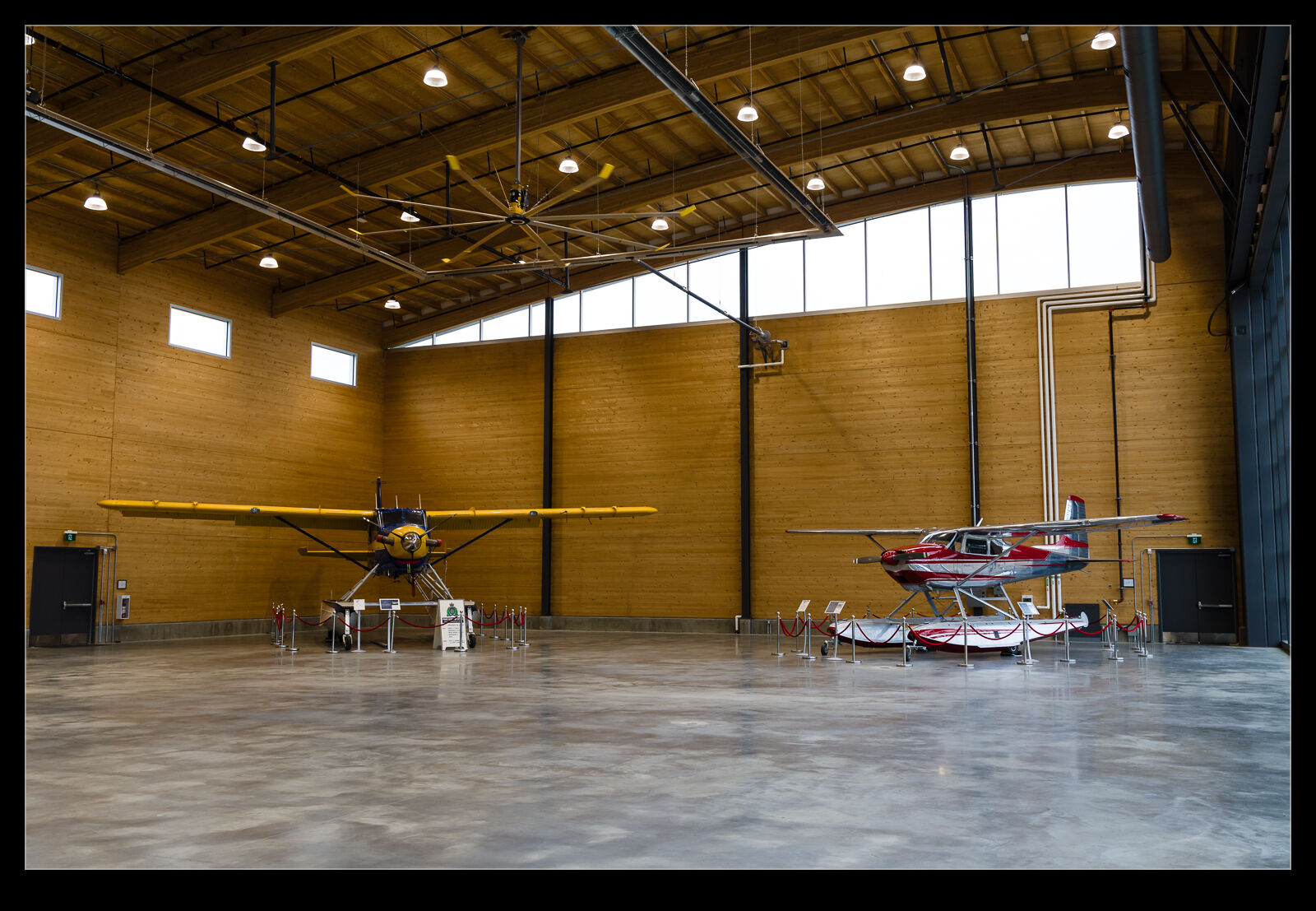
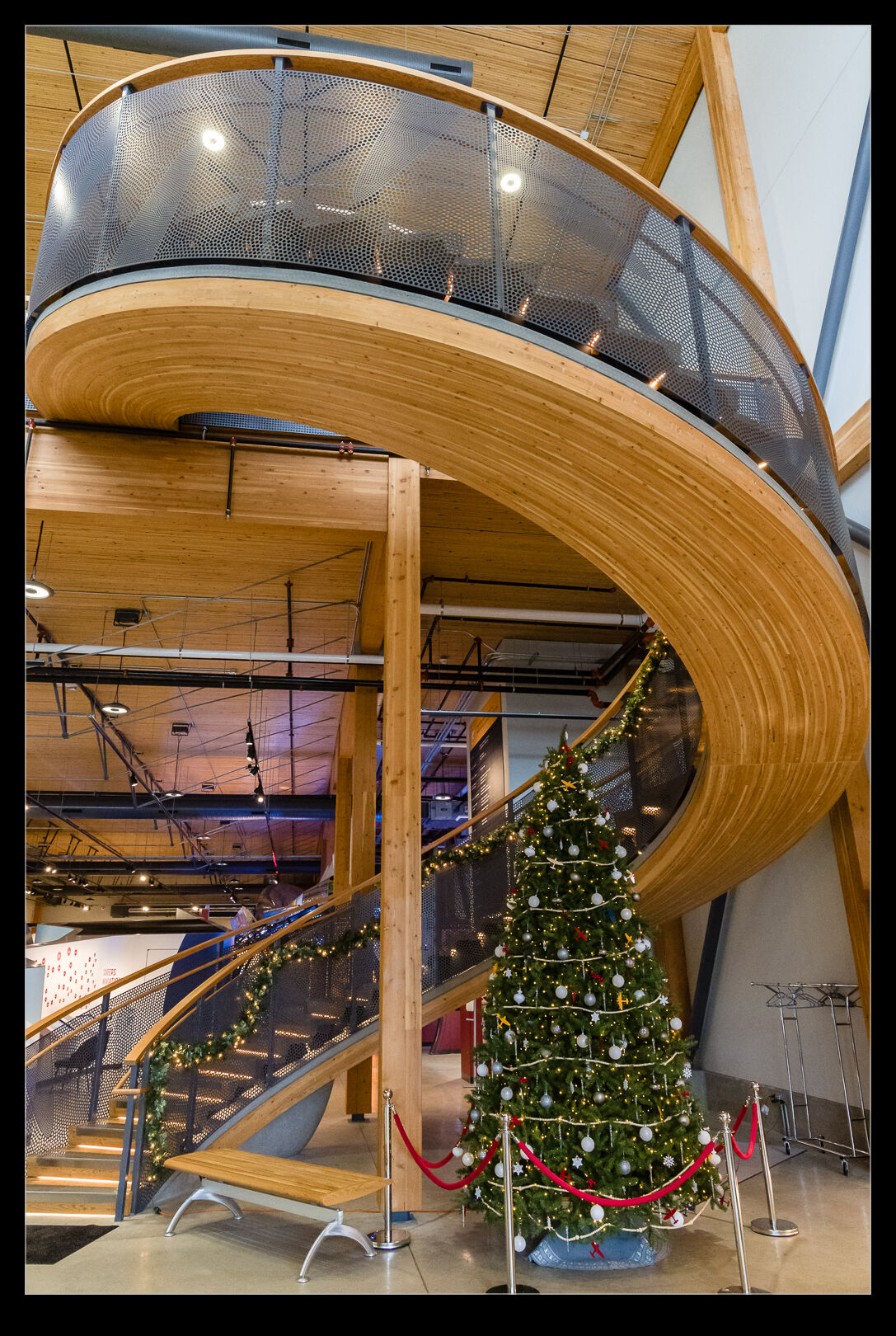
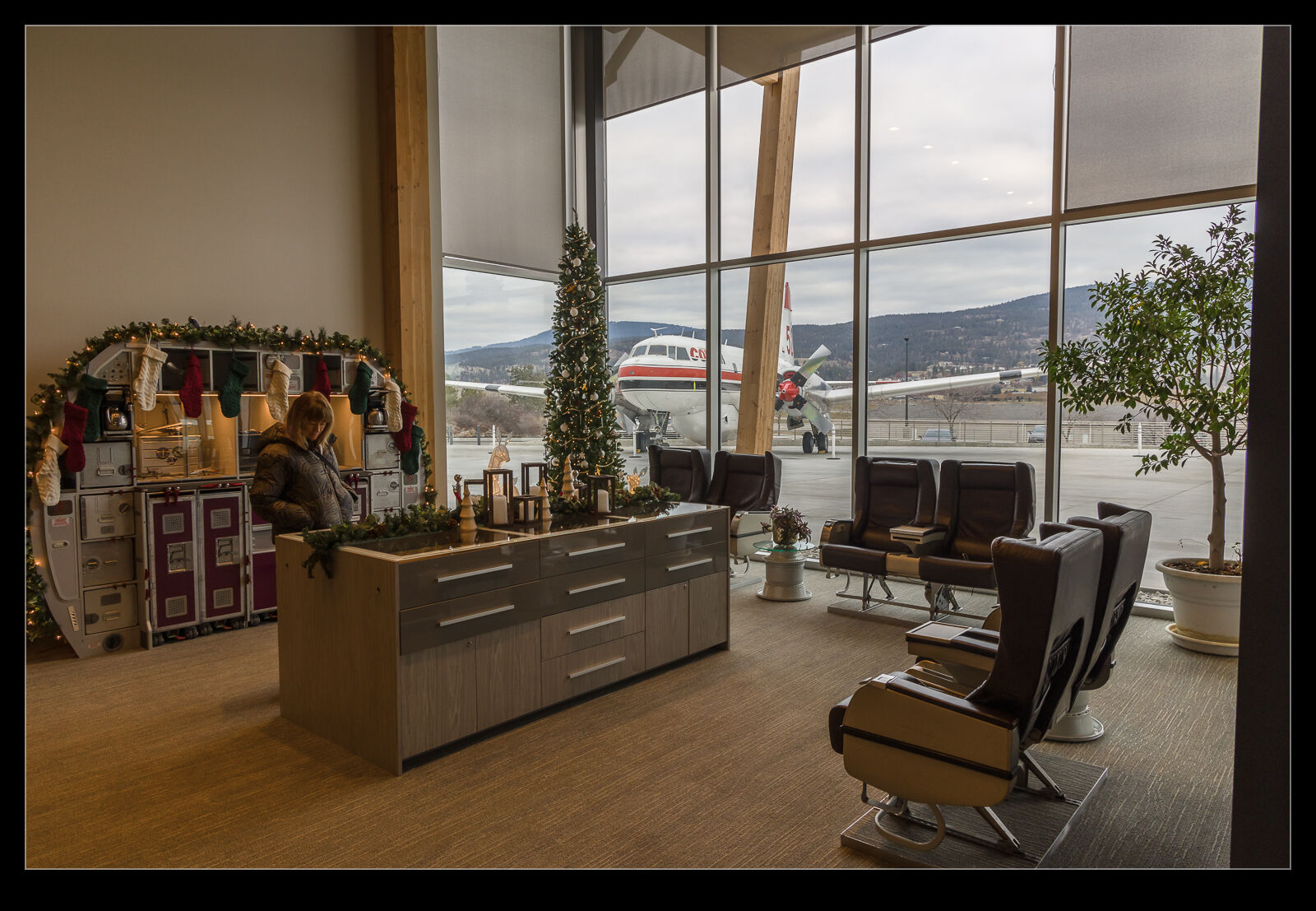
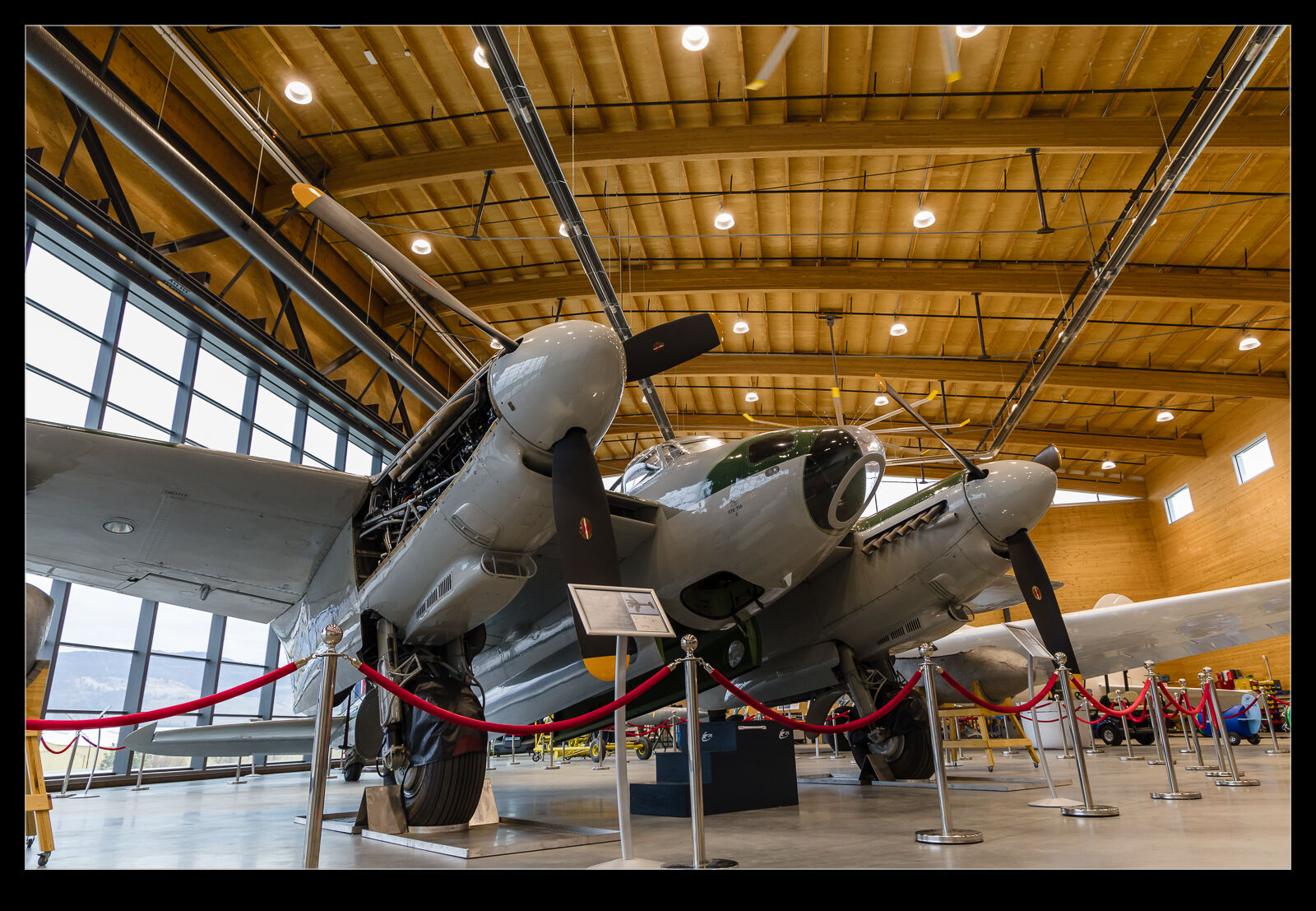

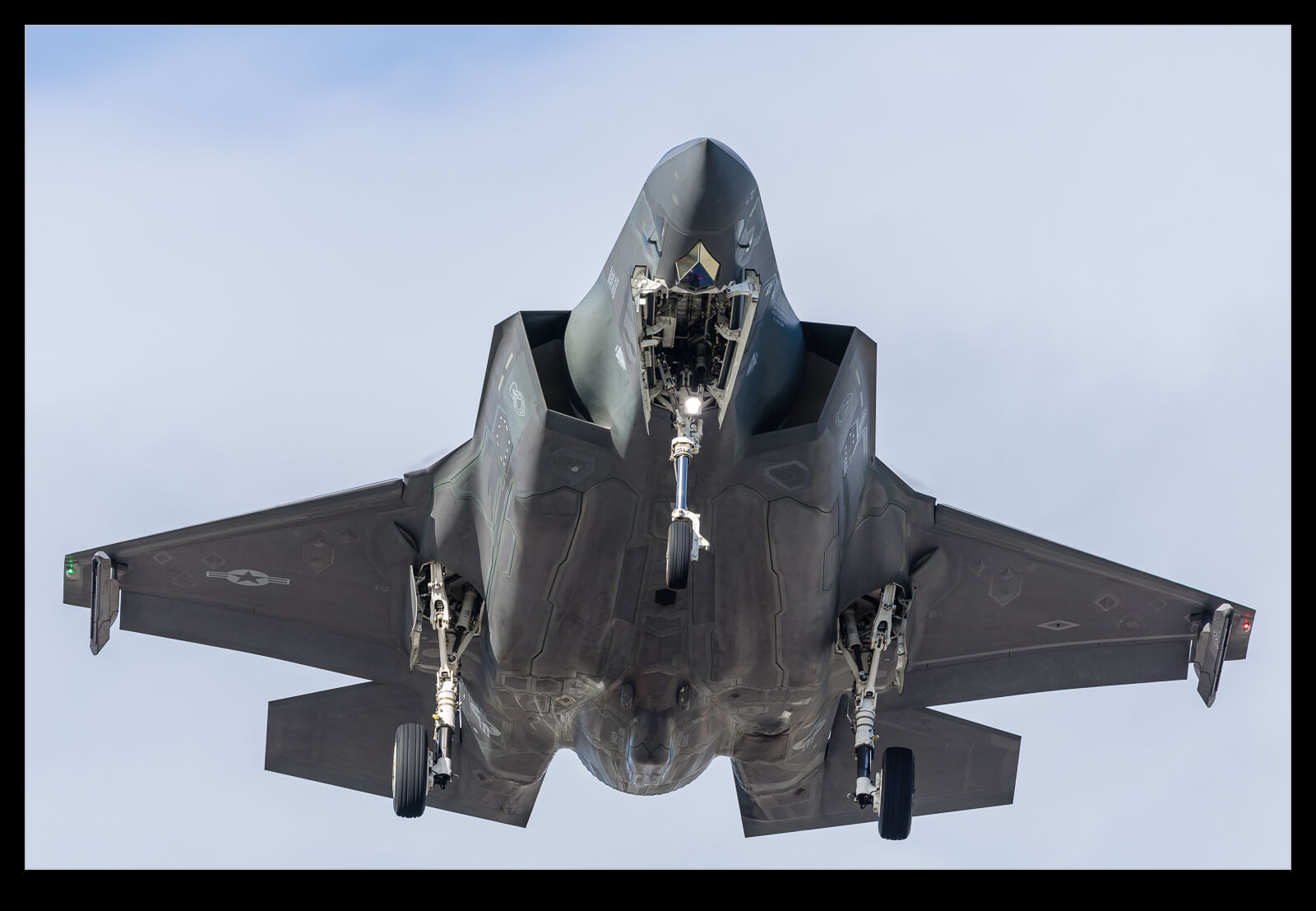 Quite some time ago, I posted a piece about the take off of some F-35As that were doing a flyover for Veteran’s Day. What I didn’t cover in that post was that they had to come back! They actually spent a fair bit of time out around the area as well as doing the flyover so there was some time between departure and arrival. Originally, I had intended to get some pretty standard side on shots of their return. However, earlier in the year, I had done the same thing for some other F-35s, and, at the last minute, I had a change of heart.
Quite some time ago, I posted a piece about the take off of some F-35As that were doing a flyover for Veteran’s Day. What I didn’t cover in that post was that they had to come back! They actually spent a fair bit of time out around the area as well as doing the flyover so there was some time between departure and arrival. Originally, I had intended to get some pretty standard side on shots of their return. However, earlier in the year, I had done the same thing for some other F-35s, and, at the last minute, I had a change of heart.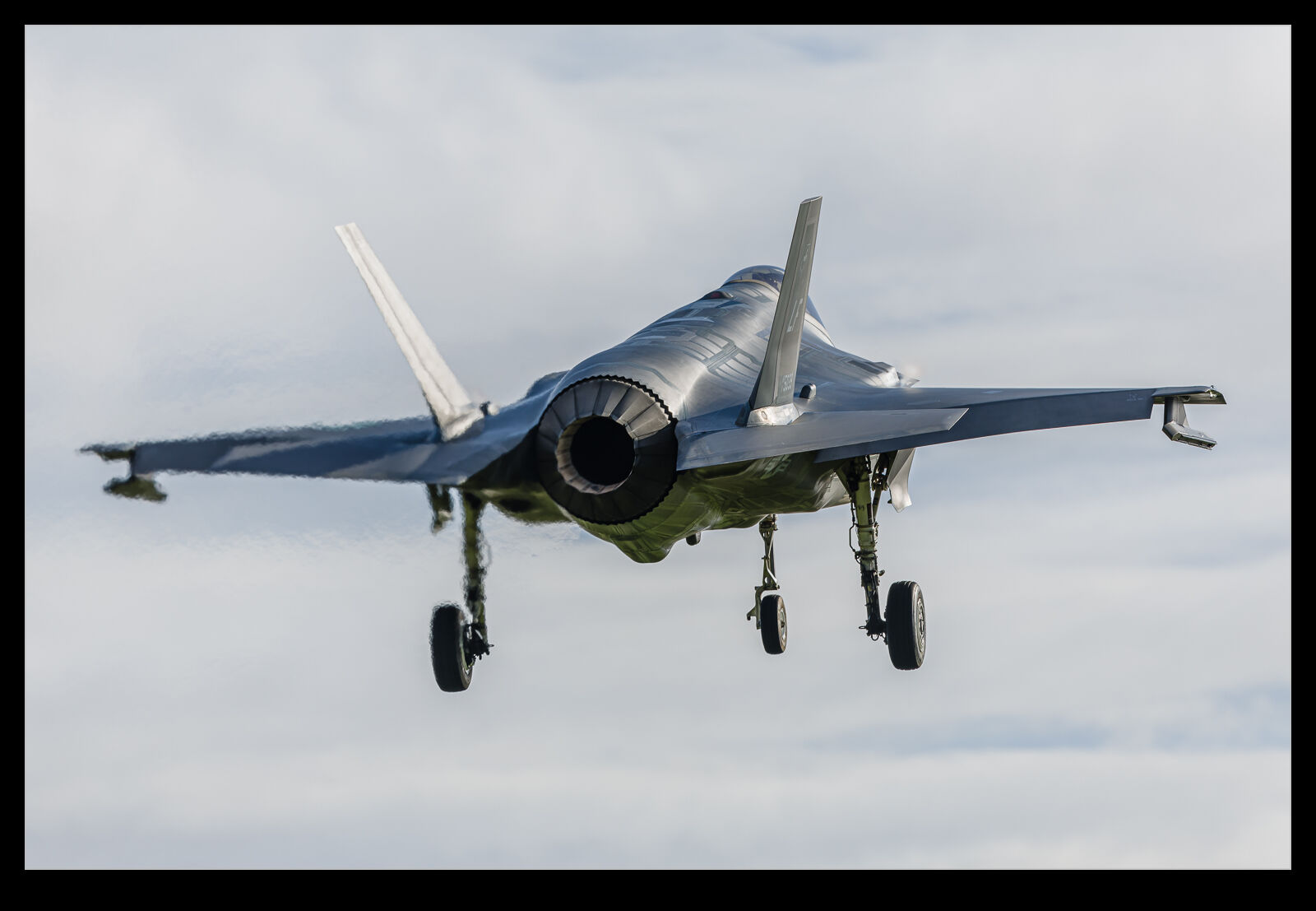 I rapidly grabbed my stuff and drove around to the approach end of the airfield near Ruby Chow Park. I decided a head on shot followed by an underside shot would be a better bet. Conveniently, they decided to do a run in and break rather than a straight in approach, so I was able to get some shot of them in formation as they passed overhead. Then the approach shots worked out pretty much as I had hoped. I was glad that I had done something different to my usual. If there had been more opportunities, I hope I would have tried other ideas too.
I rapidly grabbed my stuff and drove around to the approach end of the airfield near Ruby Chow Park. I decided a head on shot followed by an underside shot would be a better bet. Conveniently, they decided to do a run in and break rather than a straight in approach, so I was able to get some shot of them in formation as they passed overhead. Then the approach shots worked out pretty much as I had hoped. I was glad that I had done something different to my usual. If there had been more opportunities, I hope I would have tried other ideas too.